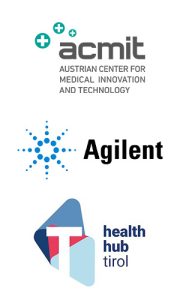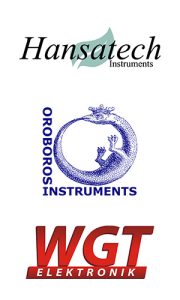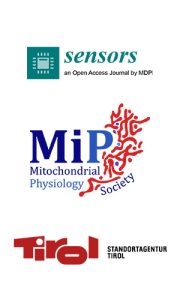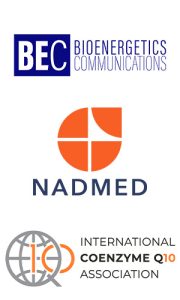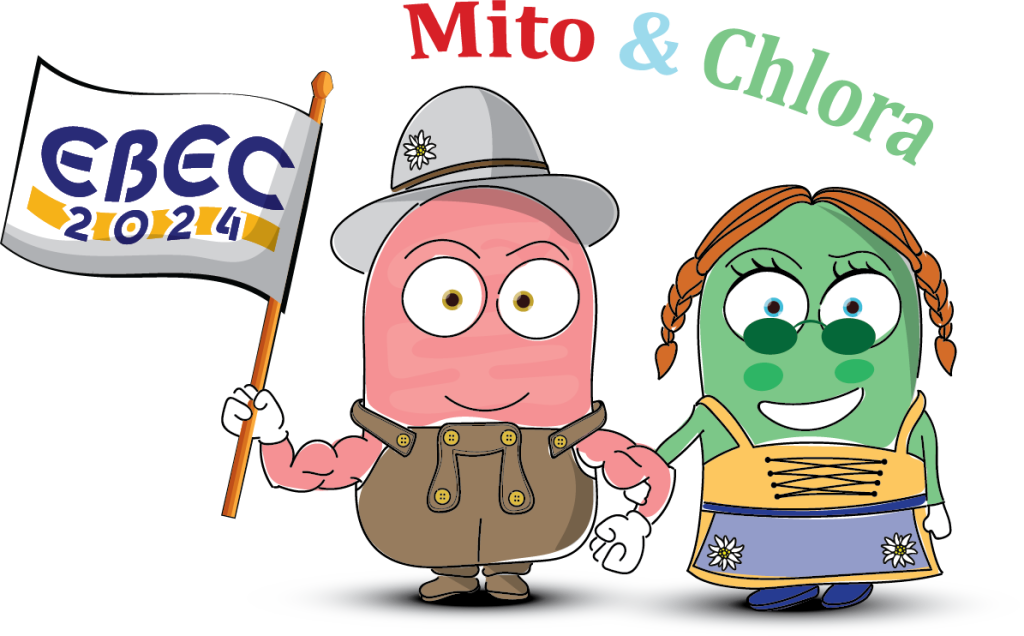Topics
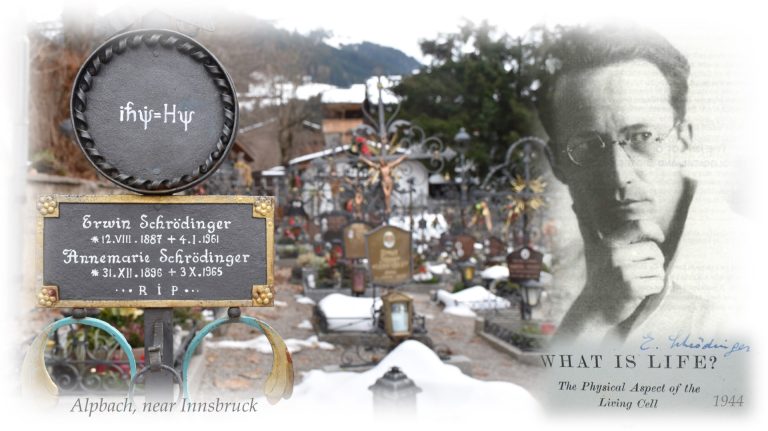
ECI - Early Career Investigator

Ast Tslil
Weizmann Institute of Science, Rehovot, IL
ECI: Ironing out protein synthesis: METTL17 is an Fe-S cluster checkpoint for mitochondrial translation
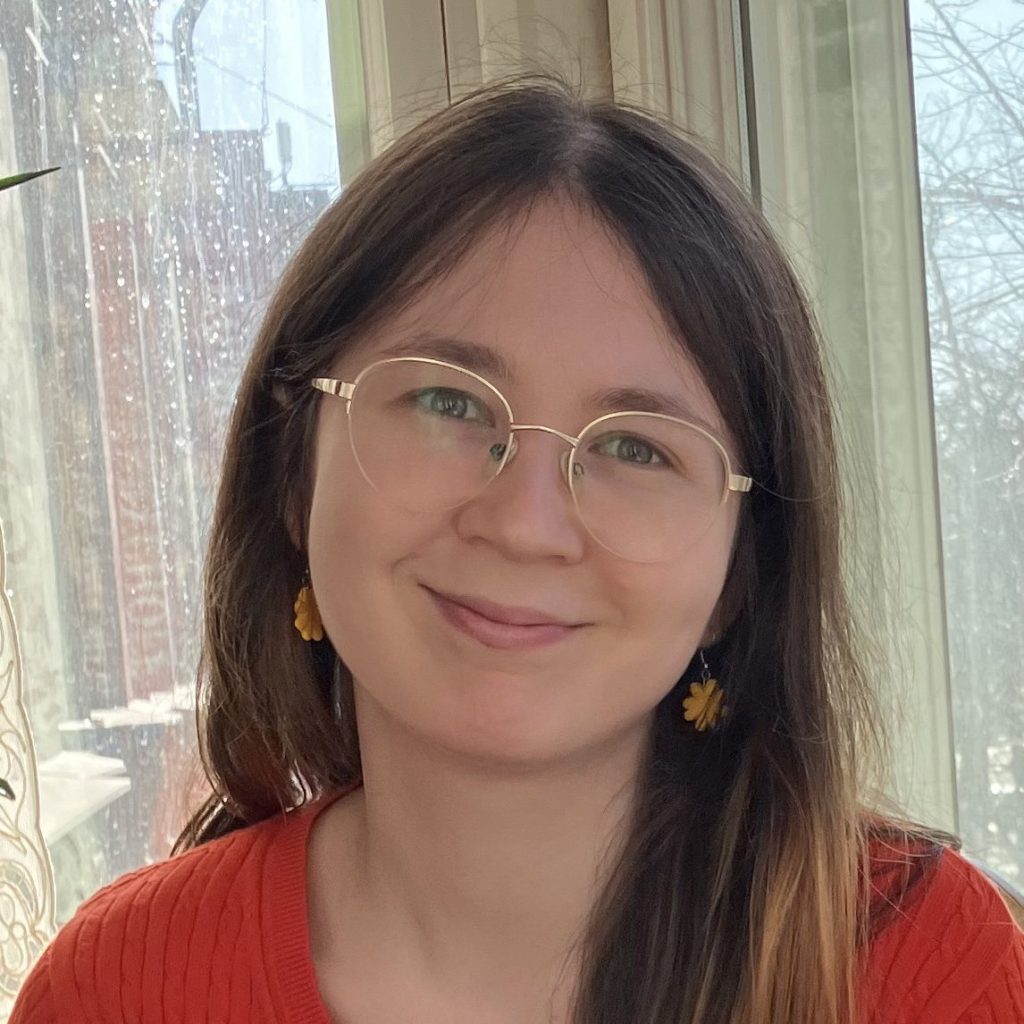
Djurabekova Amina
Department of Physics, University of Helsinki, FI-00014, Helsinki, FI
ECI: Analysis of the Atomistic MD Simulations of CI+CIII Interactions and Associated Lipid Binding.
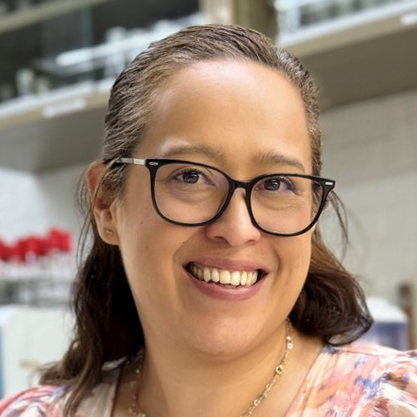
Esparza-Perusquia Mercedes
National Autonomous University of Mexico, Mexico City, MX
ECI: What we have learned about the dimeric complex V, and what it could still teach us.
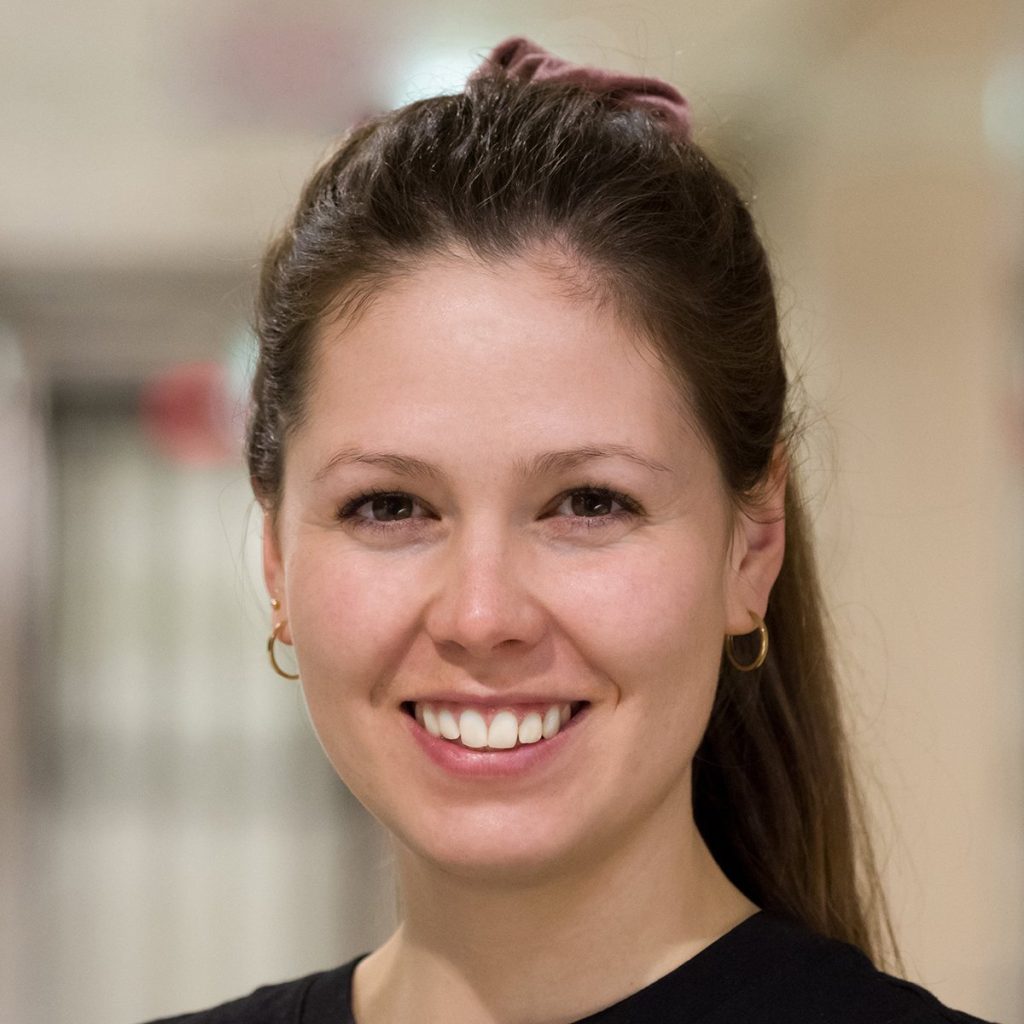
Hofmann Julia
Department of Visceral, Transplant and Thoracic Surgery, organLife, Medical University of Innsbruck, AT
ECI: Fueling success: Harnessing liver bioenergetics in clinical- and long-term machine perfusion.
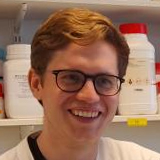
Jones Scott
University of Cambridge, UK
ECI: Nucleotide specificity of human uncoupling protein 1 inhibition.
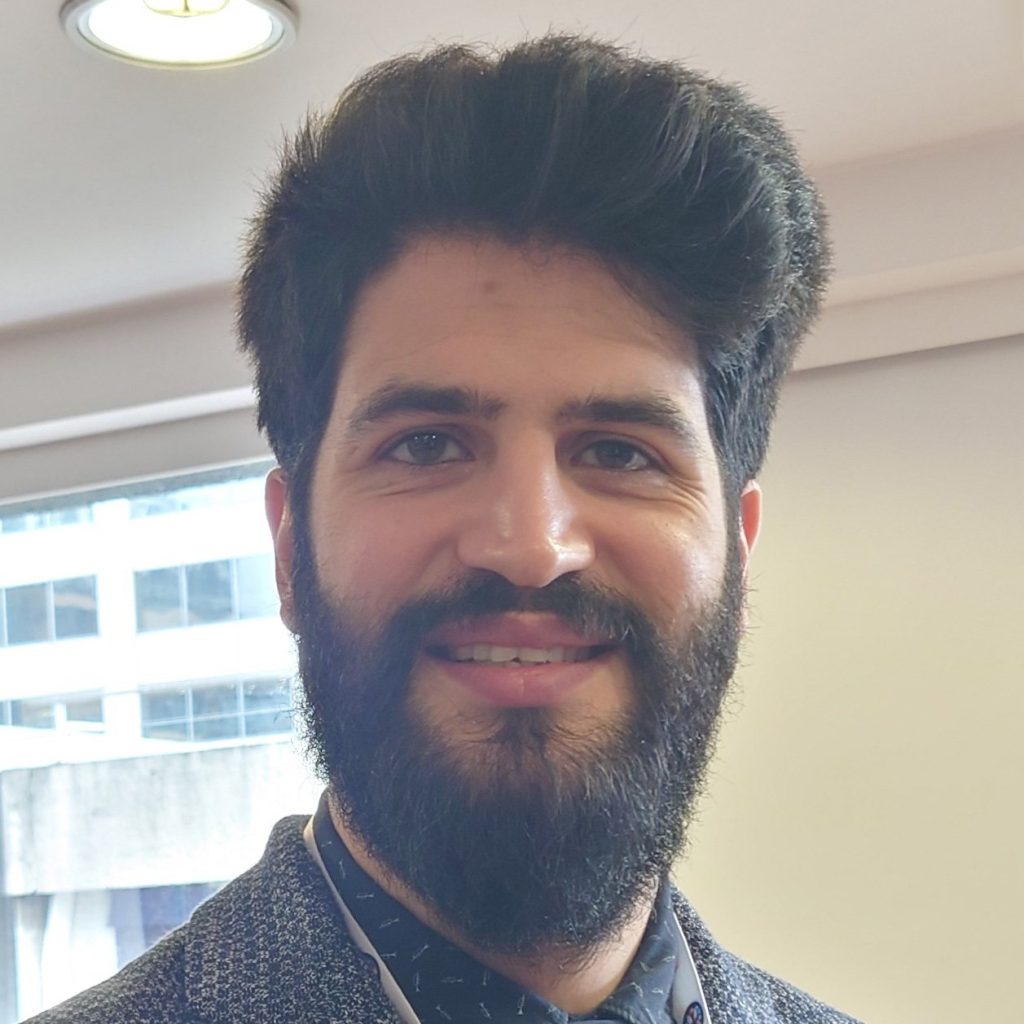
Mazza Tiziano
University of Calabria, IT
ECI: Unveiling the Modulation of MRP2 Activity: Insights from Phosphorylation and Drug Interactions.
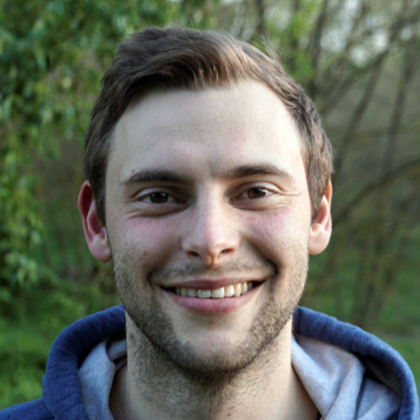
Merono Luca
University of Freiburg, DE
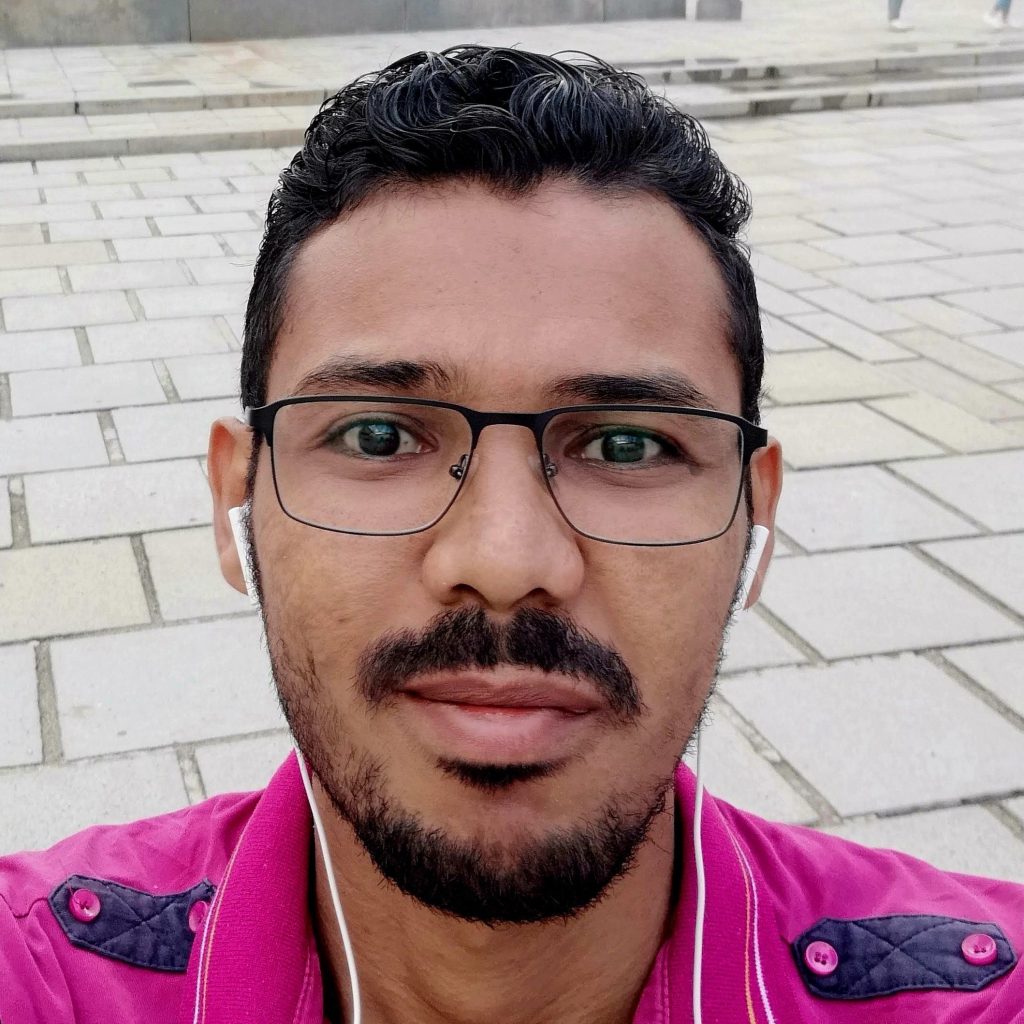
Mohammed Sami
University of Veterinary Medicine, Vienna, AT
ECI: Mutational analysis of the mammalian mitochondrial Ca2+/H+ exchanger TMBIM5/MICS1
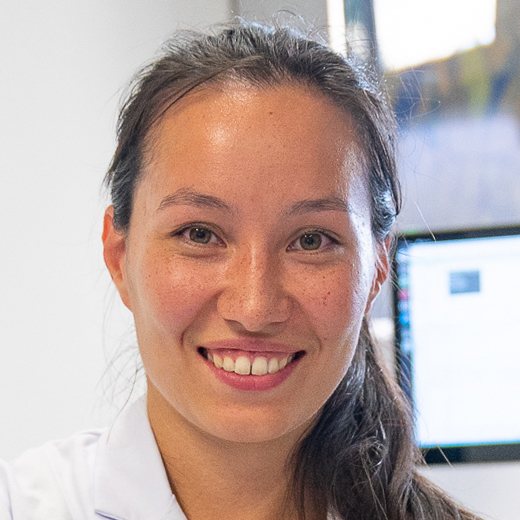
Pfleger Ana
University of Innsbruck, AT
ECI: Fluctuations in light induce flexibility in algal photosynthesis and primary metabolism
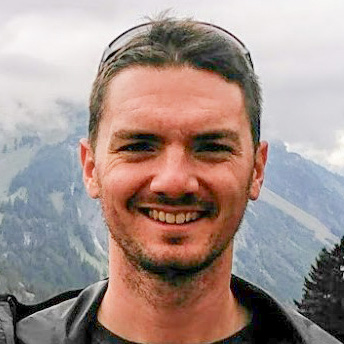
Rodriguez Enrique
University College London Genetics, Evolution and Environment, London, UK

Scherr Margareta
University of Innsbruck, AT
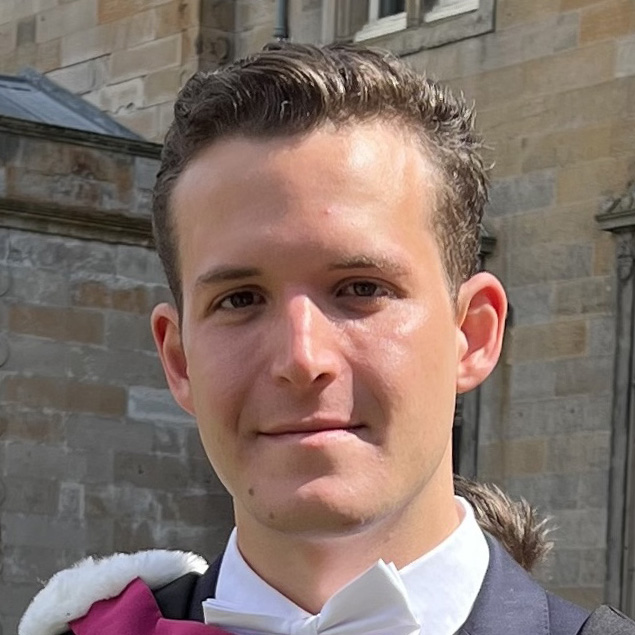
Sichrovsky Maximilian
University of Cambridge, UK
ECI: Identification of the Inhibitor Binding Site of the Human Mitochondrial Pyruvate Carrier.
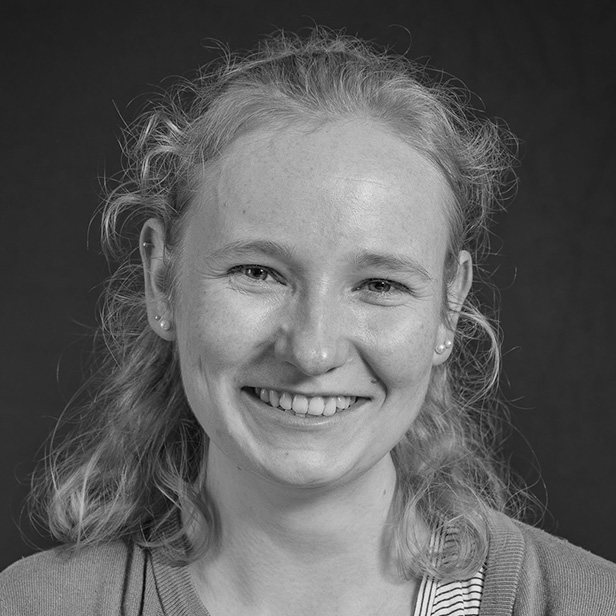
Strich Sophie
Institute of Molecular Biology, University of Innsbruck / Tyrolean Cancer Research Institute (TKFI), AT
ECI: Mitochondrial bioenergetic profiling reveals off-target effects of kinase inhibitors in cancer cell models.
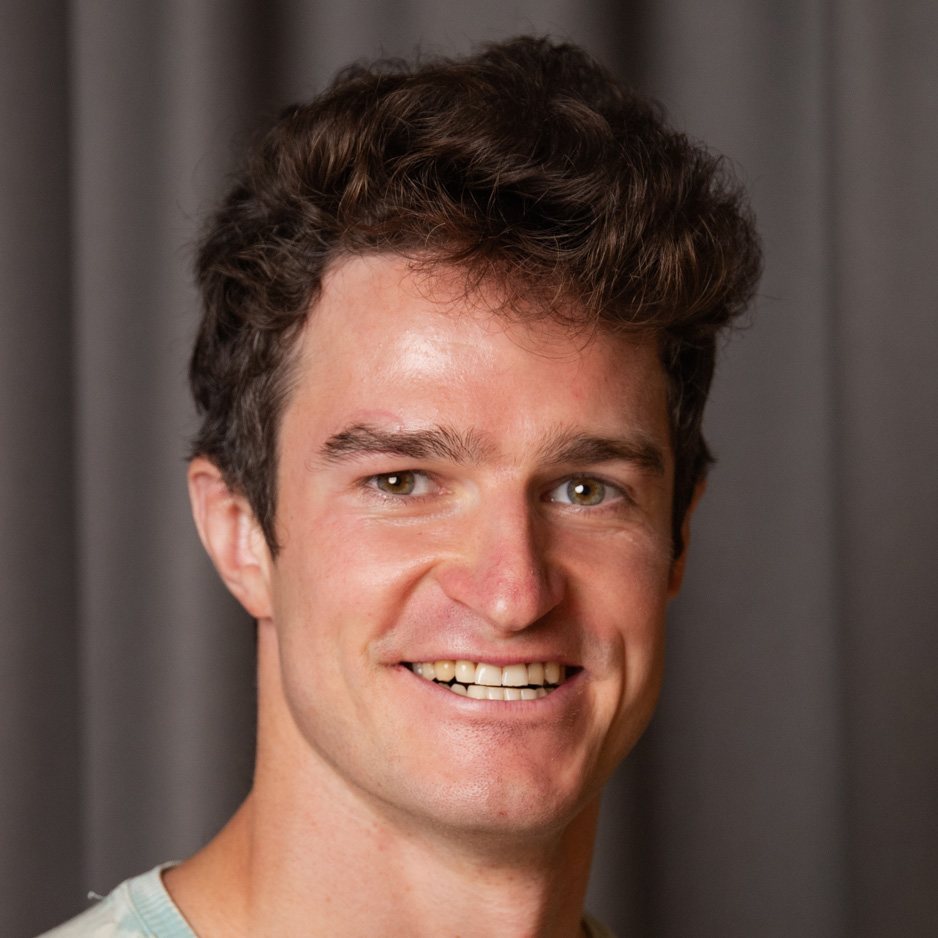
Zdorevskyi Oleksii
Department of Physics, University of Helsinki, FI-00014, Helsinki, FI
ECI: Long-range charge transfer in respiratory complex I: an insight from multi-scale molecular dynamics simulations.
1. From quantum physics and quantum information chemistry to quantum biology of respiratory and photosynthetic electron transfer. 80 years after Erwin Schrödinger's What is Life?
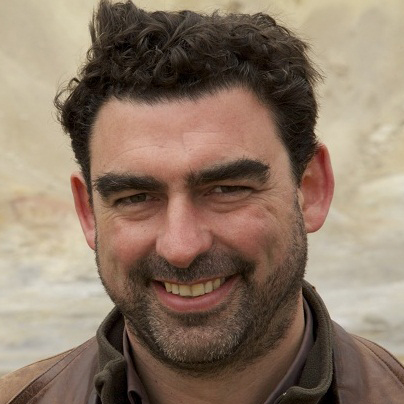
Lane Nick
Department of Genetics, Evolution and Environment, University College London, UK
I’ve been doing a little work on anaesthetics and mitochondria in relation to quantum biology – maybe I will talk about that at EBEC2024.
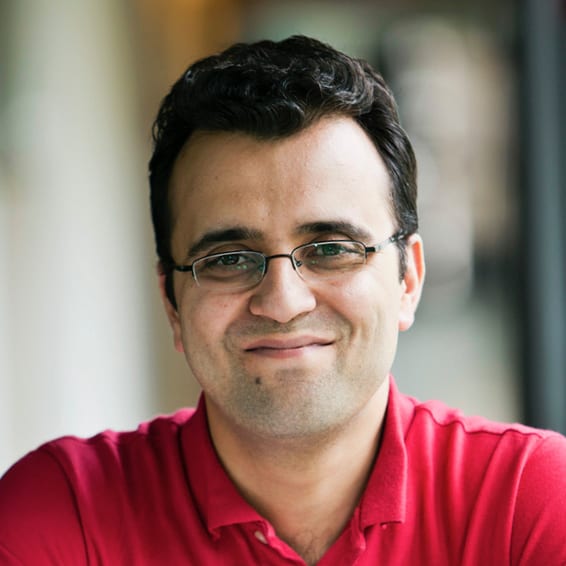
Sharma Vivek
HiLife Institute of Biotechnology, University of Helsinki, Biocenter, Viikinkaari; Department of Physics, University of Helsinki, Gustaf Hällströmin katu, Helsinki, FI
I will talk about our recent work on respiratory complexes and supercomplexes and how biomolecular dynamics of membrane, protein and solvent water plays a critical role in catalysis, all studied by molecular dynamics simulations and quantum chemistry applied on high-resolution structural data.
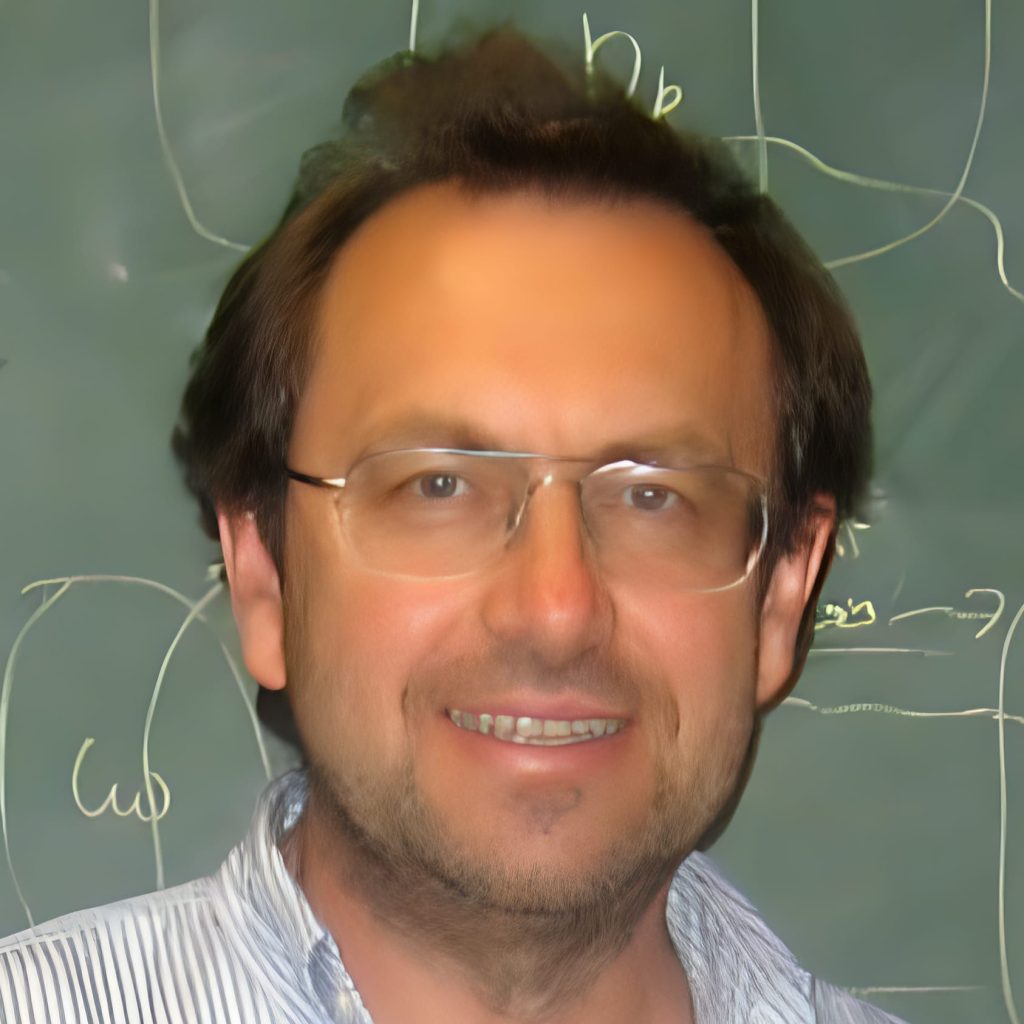
Stuchebrukhov Alexei
Department of Chemistry, University of California at Davis, Davis, US
2. Protonmotive force, long-range electron transfer, magnetic fields, and thermodynamic and kinetic control of bioenergetics
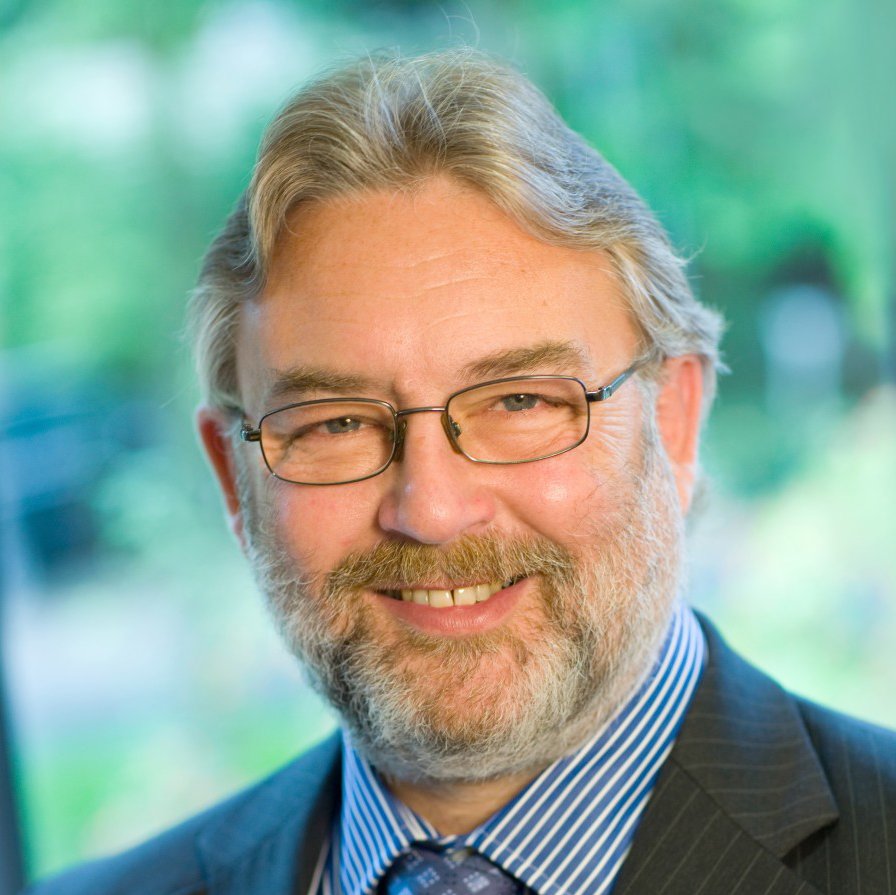
Kell Douglas
Research Chair in Systems Biology, Department of Biochemistry, Cell and Systems Biology, Institute of Systems, Molecular and Integrative Biology, Biosciences Building, University of Liverpool, Liverpool, UK
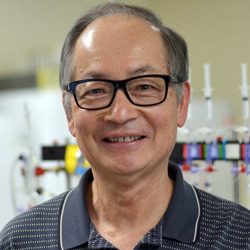
Sheu Shey-Shing
Center for Translational Medicine, Department of Medicine, Center for Mitochondrial Imaging Research and Diagnostics (MitoCare), Sidney Kimmel Medical College, Thomas Jefferson University, Philadelphia, US
3. Evolution and bioenergetics
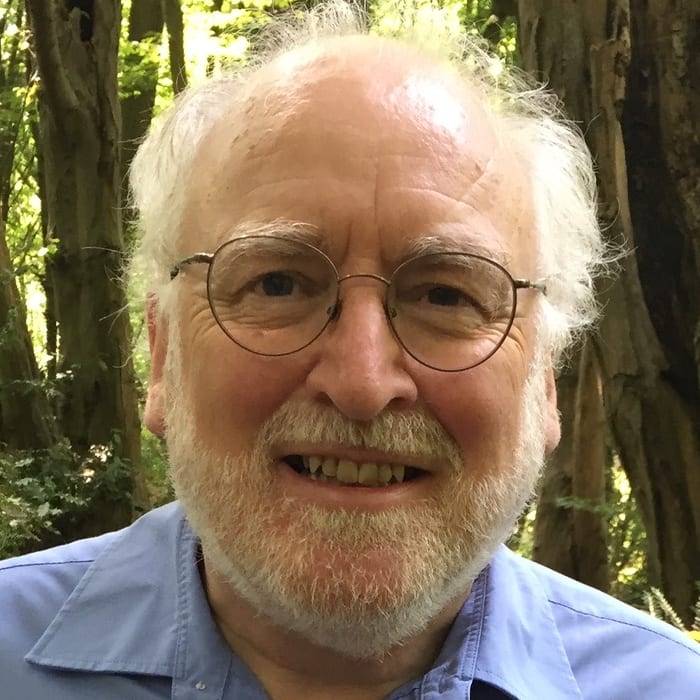
Allen John
Research Department of Genetics, Evolution and Environment, University College London, UK
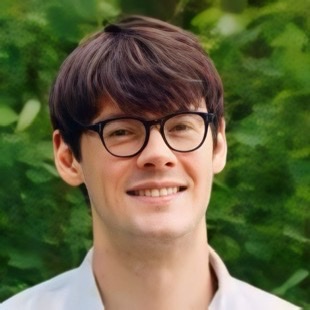
Hochberg Georg
Max Planck Institute for Terrestrial Microbiology, Marburg, DE
Rubisco is the central CO2 fixing enzyme of the Cavin cycle and responsible for the vast majority of all CO2 fixation on our planet today. In plants, Rubisco undergoes an elaborate set of steps involving the sequential action of at least 6 different dedicated folding and assembly chaperones to assemble into its enzymatically active form. This complexity evolved from much simpler Rubisco ancestors that functioned without any of these additional factors. In this talk I will summarize my lab’s work on retracing the evolution of Rubisco’s complex present-day assembly requirements.
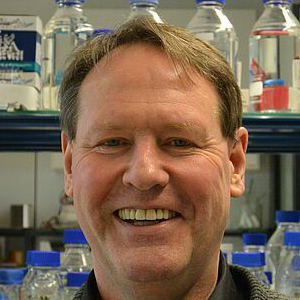
Martin William
Institut für Molekulare Evolution, Heinrich-Heine-Universität Düsseldorf, DE
4. Mechanistic aspects of electron transfer and electron bifurcation
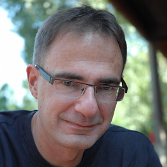
Osyczka Artur
Department of Molecular Biophysics, Faculty of Biochemistry, Biophysics and Biotechnology, Jagiellonian University, Krakow, PL
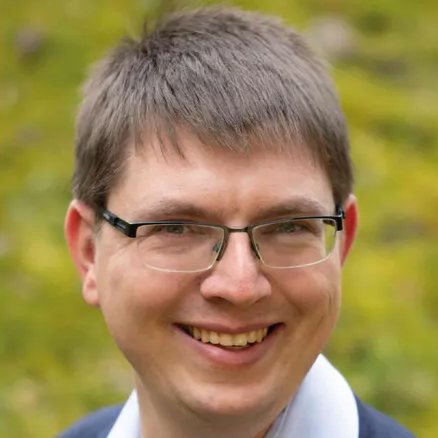
Schuller Jan
SYNMIKRO Research Center and Department of Chemistry Philipps University Marburg, DE
5. Bioenergetics and biosynthesis involving bioblasts of photosynthetic organisms
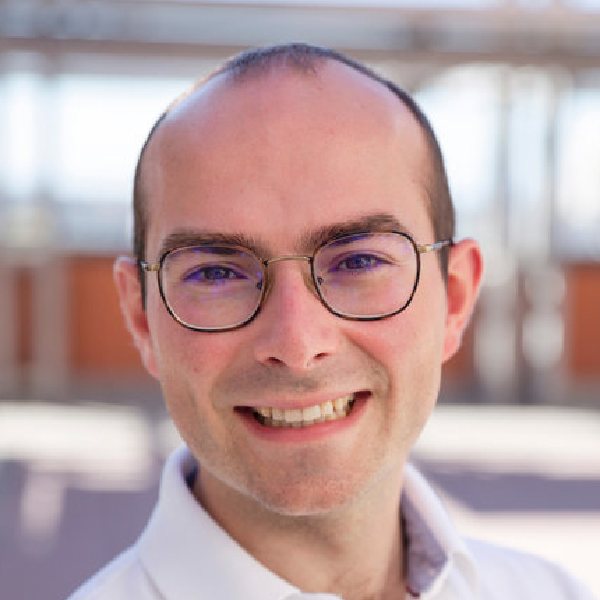
Burlacot Adrien
Carnegie institution for Science, Washington D.C., US
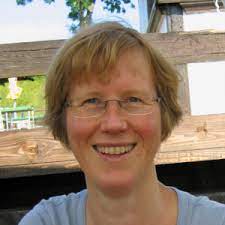
Krieger-Liszkay Anja
Institute for Integrative Cell Biology (I2BC), Paris, FR
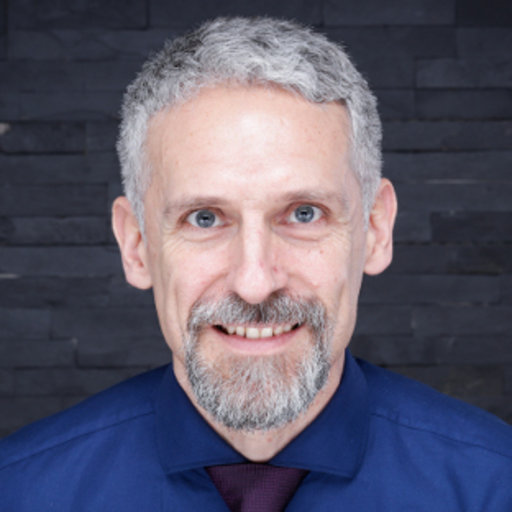
Nowaczyk Marc
University of Rostock, DE
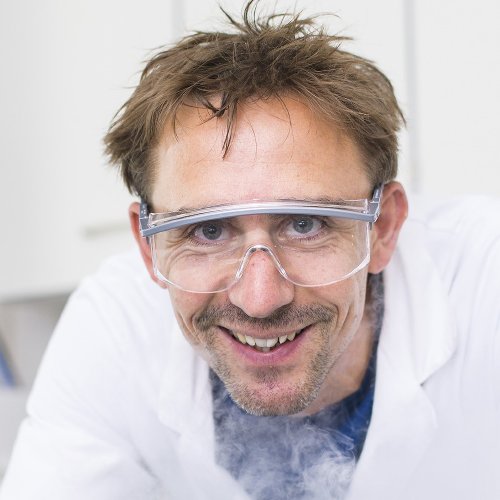
Roach Thomas
University of Innsbruck, Department of Botany, AT
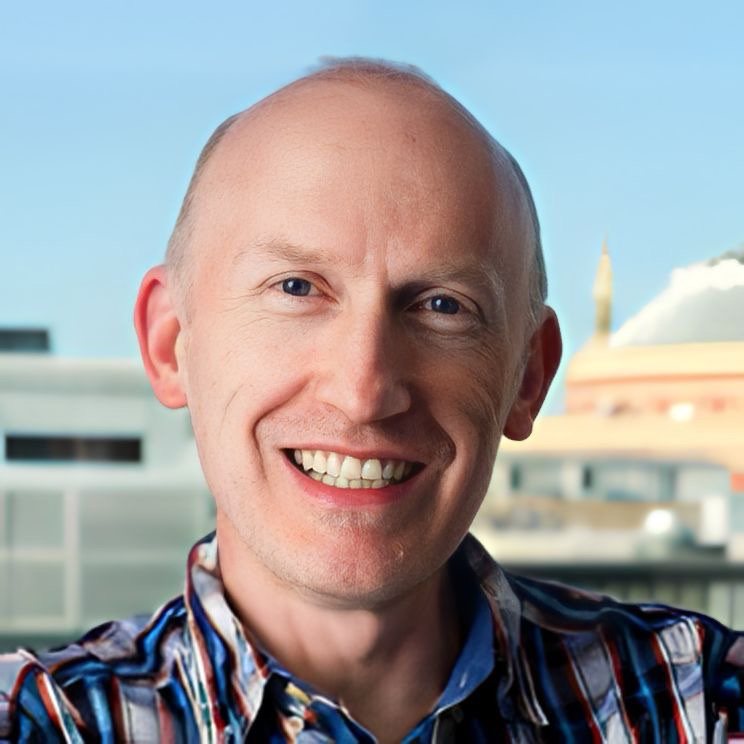
Rutherford Bill
Faculty of Natural Sciences, Department of Life Sciences, Imperial College London, UK
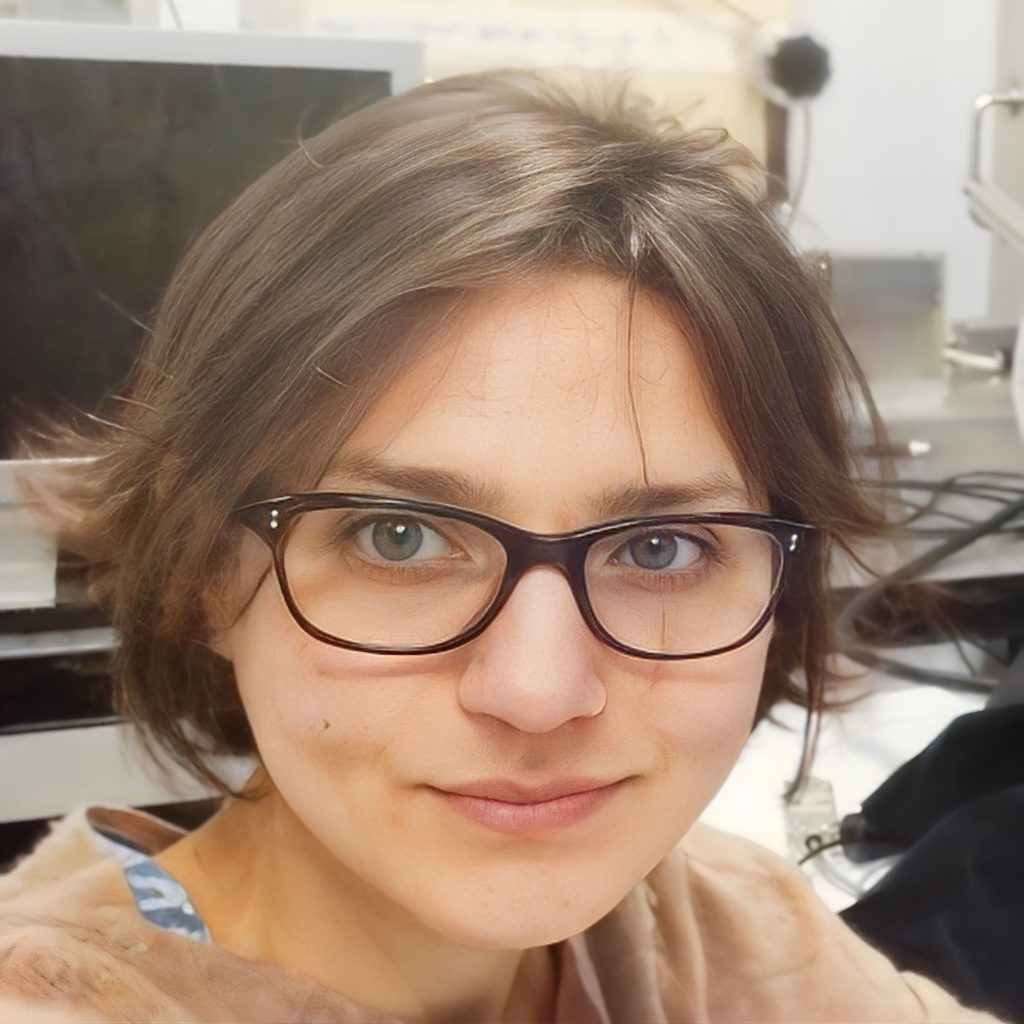
Viola Stefania
Institute of Biosciences and Biotechnologies of Aix-Marseille, FR
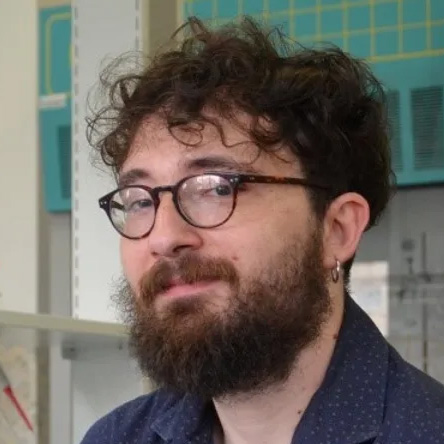
Vona Danilo
University of Bari “Aldo Moro”, IT
6. Electron transfer system proteins
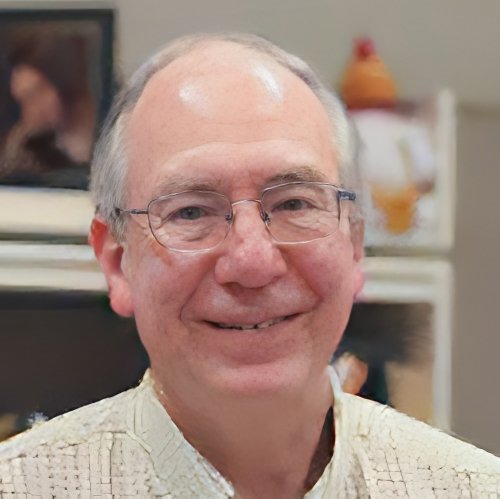
Gennis Robert
Department of Chemistry, University of Illinois at Urbana-Champaign, Urbana, US
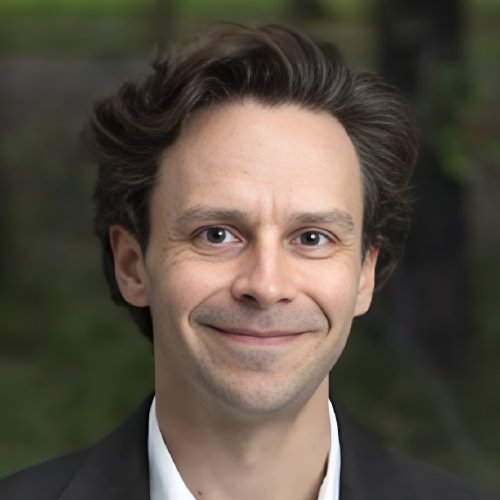
Kaila Ville
Wallenberg Academy Fellow, Department of Biochemistry and Biophysics, Stockholm University, SE
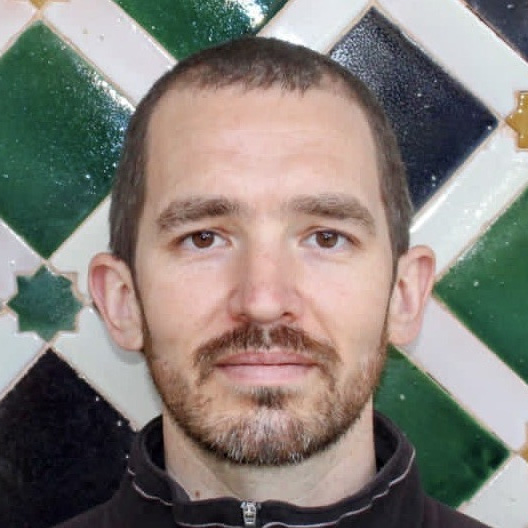
Letts James
University of California, Davis
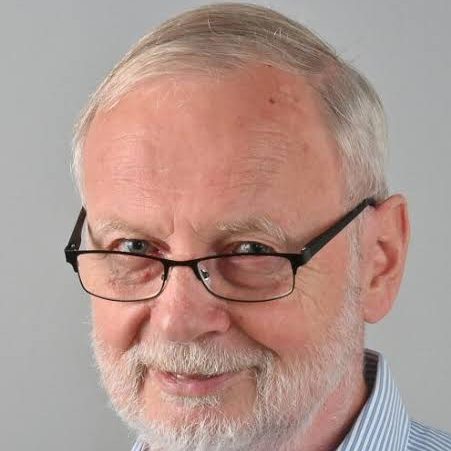
Michel Hartmut
Max Planck Institute of Biophysics, DE
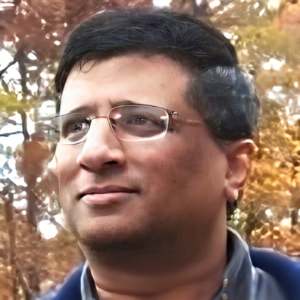
Raman CS
University of Maryland School of Pharmacy, Baltimore, US
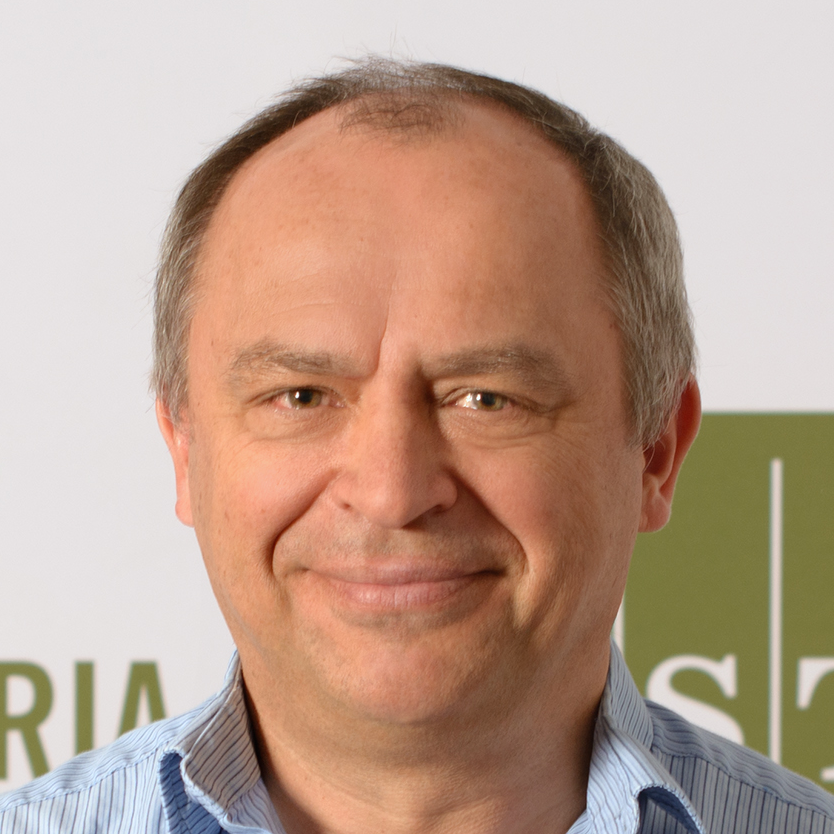
Sazanov Leonid
Institute of Science and Technology, Klosterneuburg, AT
7. Respiratory complexes and supercomplexes - structure and function

Ädelroth Pia
Department of Biochemistry and Biophysics, Stockholm University, SE
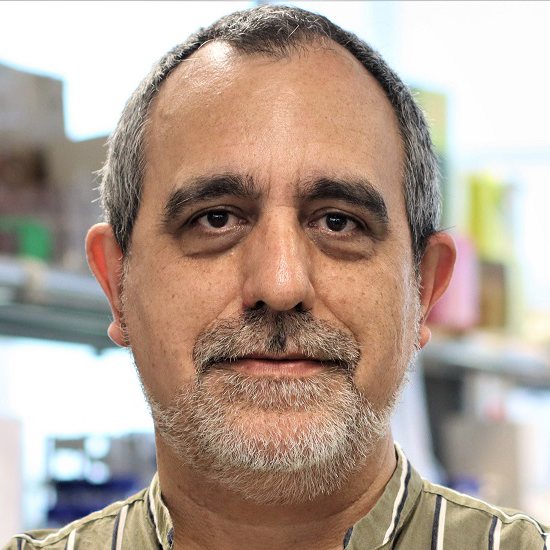
Enríquez Jose-Antonio
National Center for Cardiovascular Research Carlos III, Madrid, ES
Centro de Investigación Biomédica en Red de Fragilidad y Envejecimiento Saludable, Madrid, ES
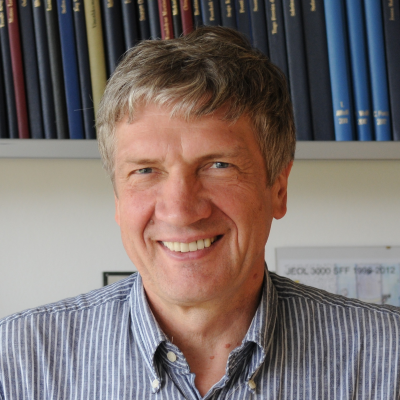
Kühlbrandt Werner
Max Planck Institute of Biophysics, Frankfurt, DE
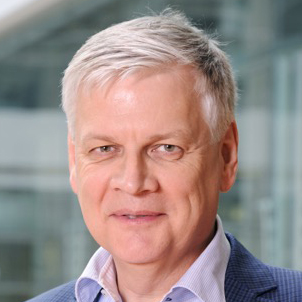
Larsson Nils-Goran
Division of Molecular Metabolism, Department of Medical Biochemistry and Biophysics (MBB), Karolinska Institutet, Stockholm, Sweden
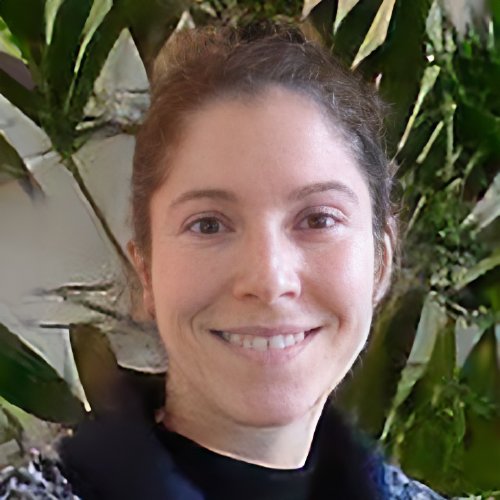
Marechal Amandine
University College London, UK
I will talk about the complexes and supercomplexes of the yeast electron transfer system.
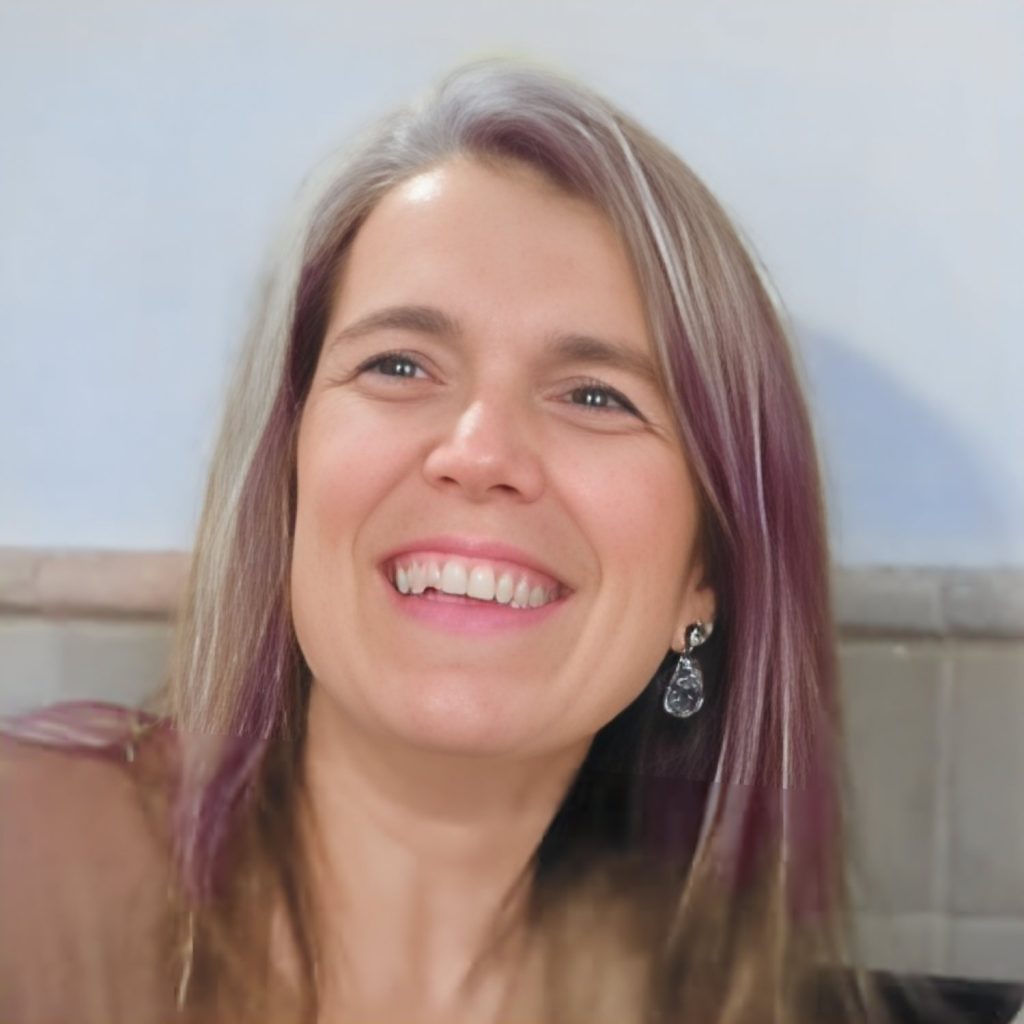
Pereira Manuela
Faculty of Sciences, University of Lisbon, PT
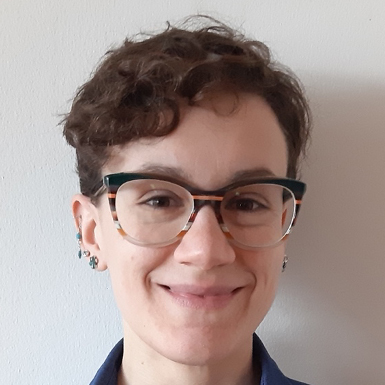
Vercellino Irene
Jülich Research Center, DE
8. Redox control of coenzymes and prosthetic groups in electron transfer: NADH, FADH2, Q, cytochromes
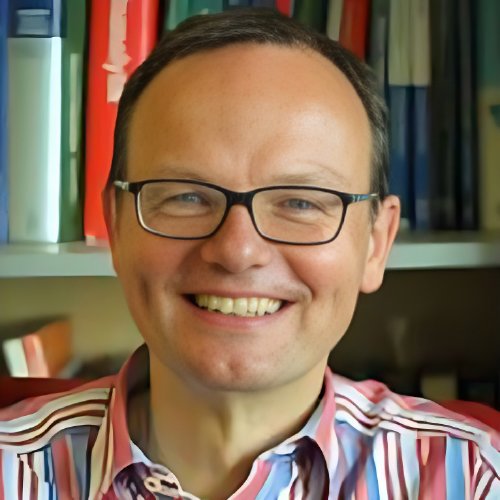
Friedrich Thorsten
University of Freiburg, Institute of Biochemistry, Freiburg im Breisgau, DE
9. ATPases (F-type, V-type)
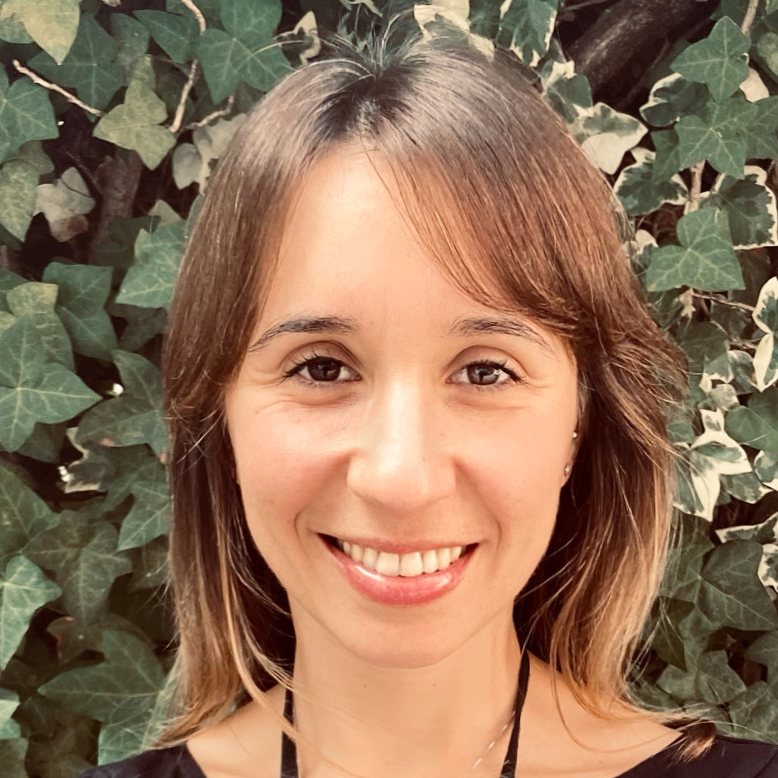
Carraro Michela
University of Padova, IT
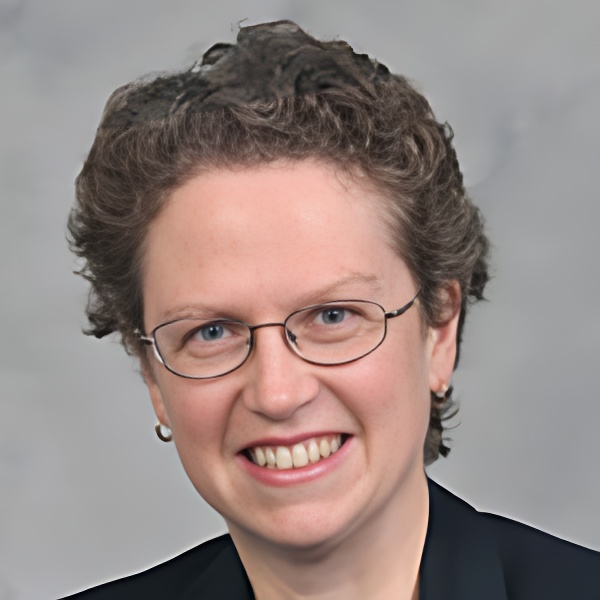
Kane Patricia
SUNY Upstate Medical University, Syracuse, US
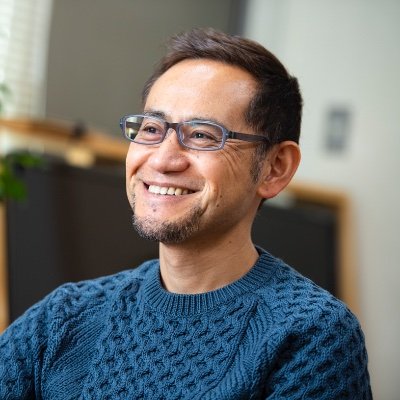
Noji Hiroyuki
University of Tokyo, JP
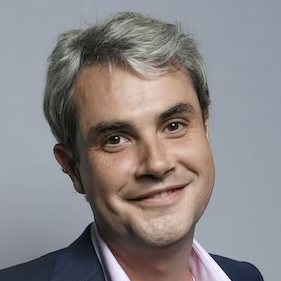
Stewart Alastair
The Victor Chang Cardiac Research Institute, Darlinghurst, AU
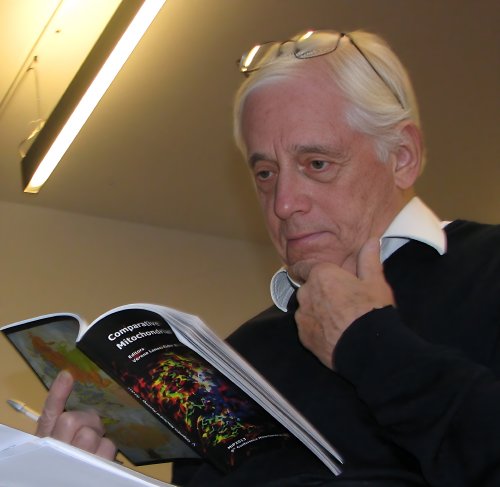
Sir Walker John
Nobel Prize in Chemistry 1997
MRC Mitochondrial Biology Unit, University of Cambridge, UK
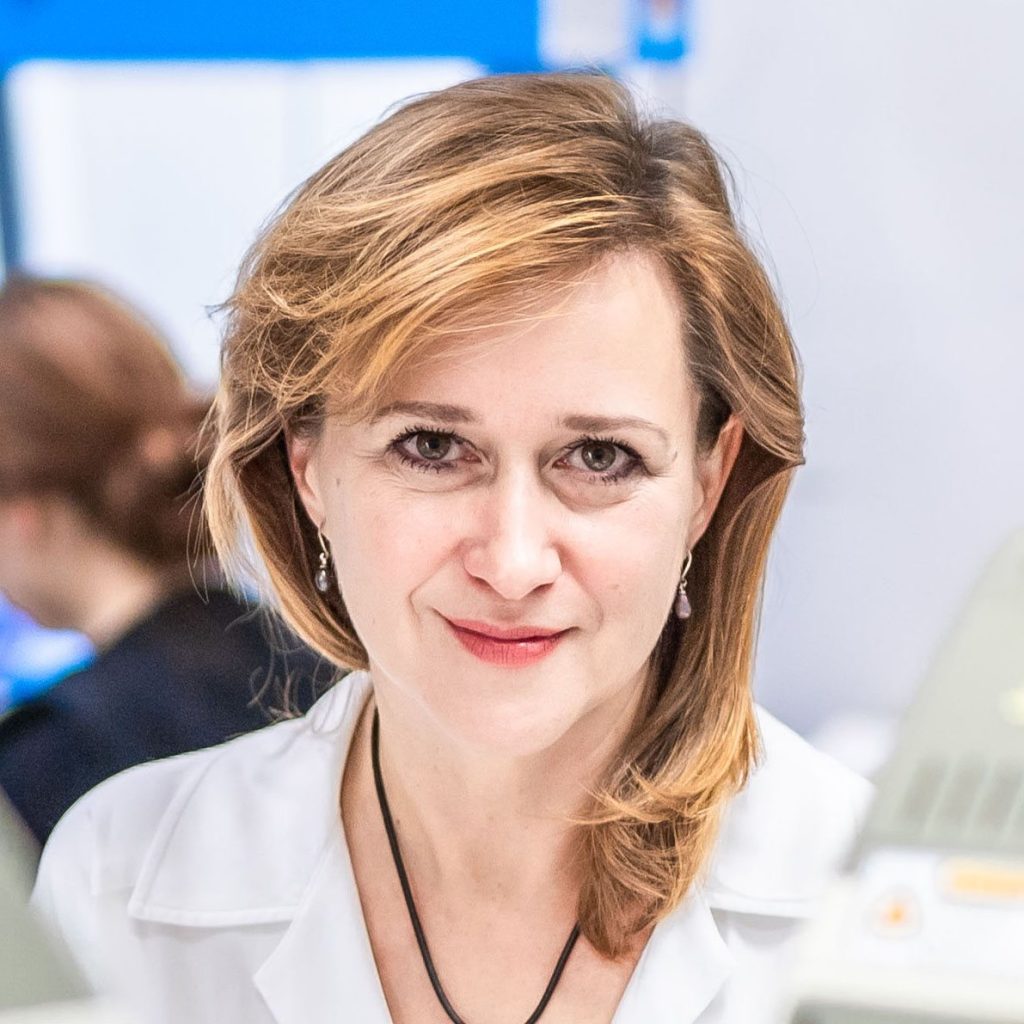
Zíková Alena
Laboratory of Functional Biology of Protists, Biology Center CAS, Institute of Parasitology, České Budějovice, CZ
10. Transporters and channels - lipids, proteins, ions
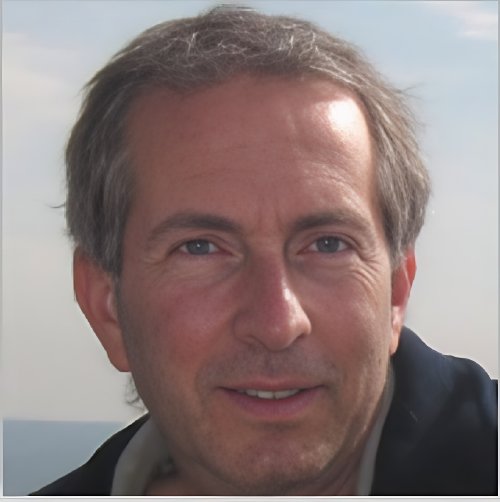
Indiveri Cesare
University of Calabria, Arcavacata di Rende and CNR IBIOM, Bari, IT

Nowikovsky Karin
Mitochondrial Biology Group, Unit of Physiology and Biophysics, Department of Biomedical Sciences, University of Veterinary Medicine, Vienna, AT
Novel insights on the mitochondrial Ca2+/H+ exchanger TMBIM5.

Padan Etana
Hebrew University, Jerusalem, IL
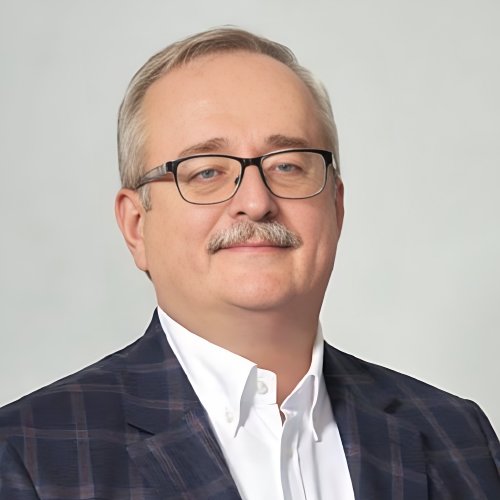
Szewczyk Adam
Nencki Institute of Experimental Biology, Warsaw, PL
11. Small molecule transport across the mitochondrial inner membrane
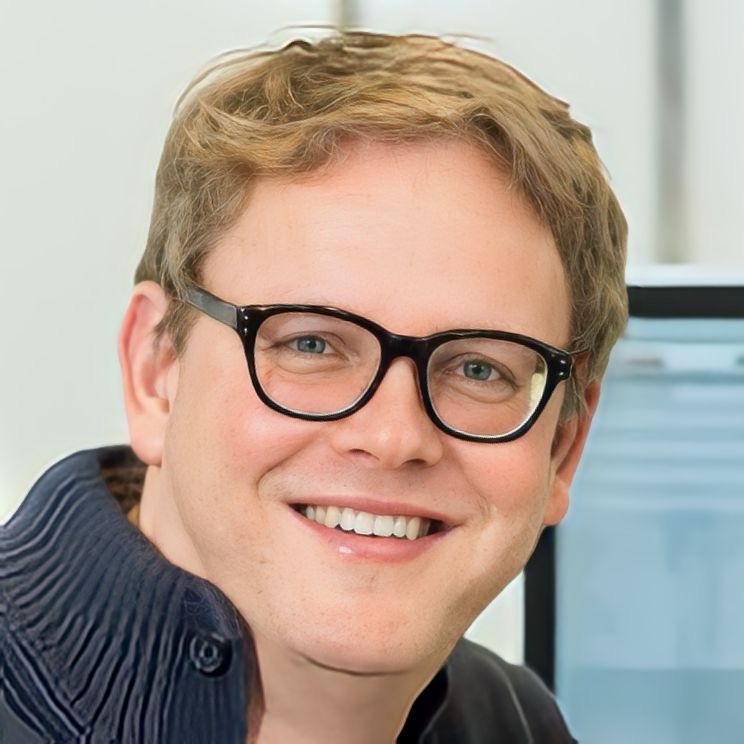
Kunji Edmund
MRC Mitochondrial Biology Unit, University of Cambridge, UK
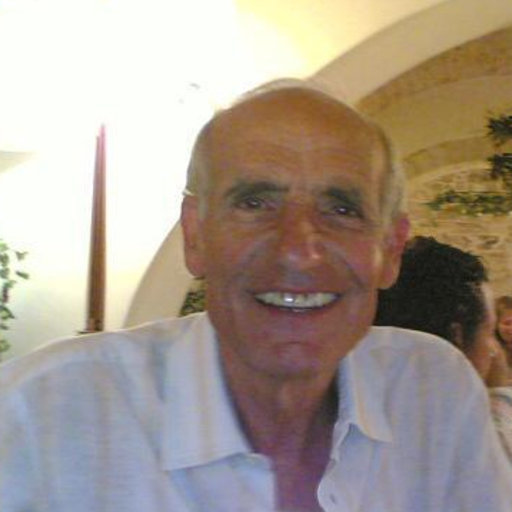
Palmieri Ferdinando
University of Bari, IT
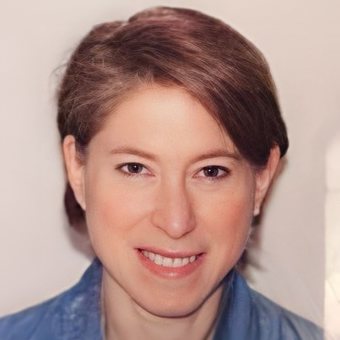
Seifert Erin
Thomas Jefferson University, Philadelphia, US

Shen Hongying
Cellular & Molecular Physiology, Yale School of Medicine , Systems Biology Institute, Yale West Campus Orange, US
The Guardians of Mitochondrial Metabolism: Solute Carrier SLC25 Family Transporters: I will likely discuss our work towards the understanding of small molecular metabolite transport through the SLC25 family transporter proteins and their regulation.
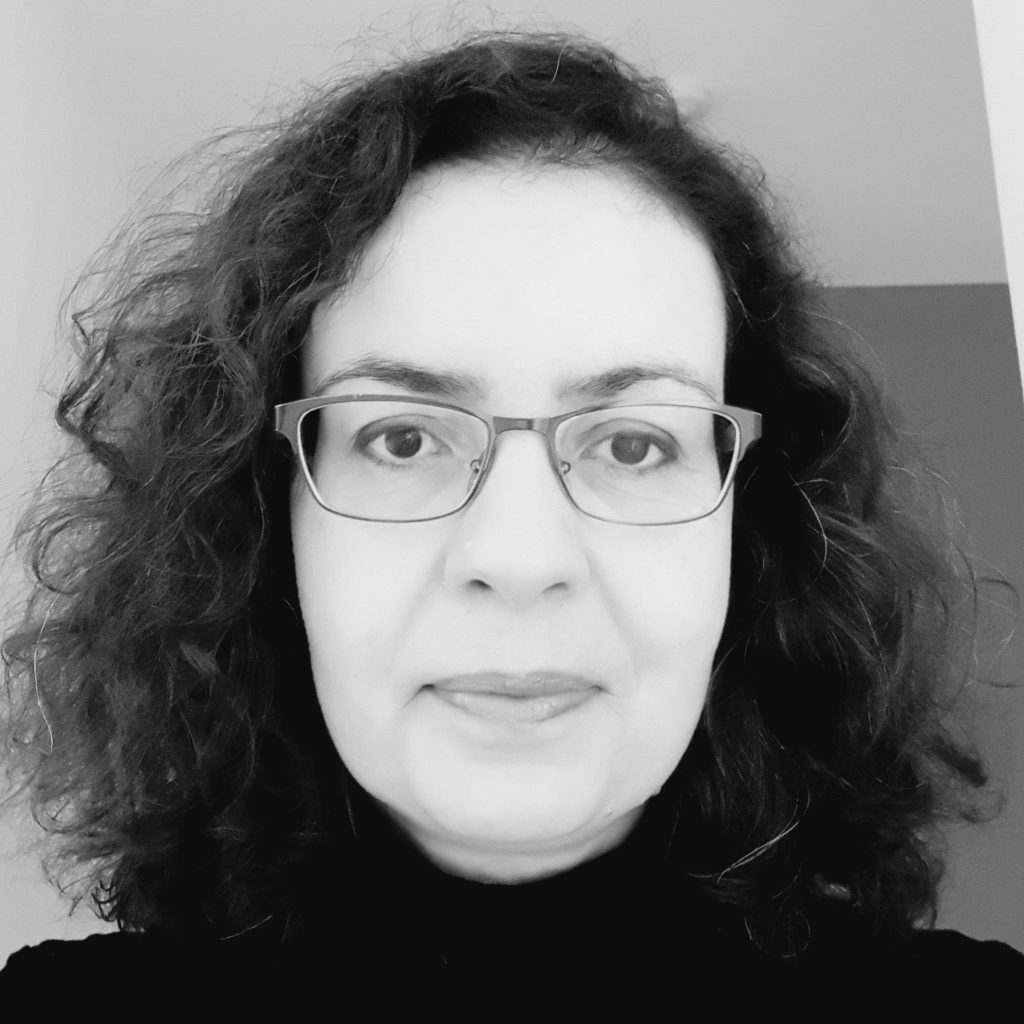
Tavoulari Sotira
University of Cambridge, UK
12. Uncouplers and proteins with uncoupling function
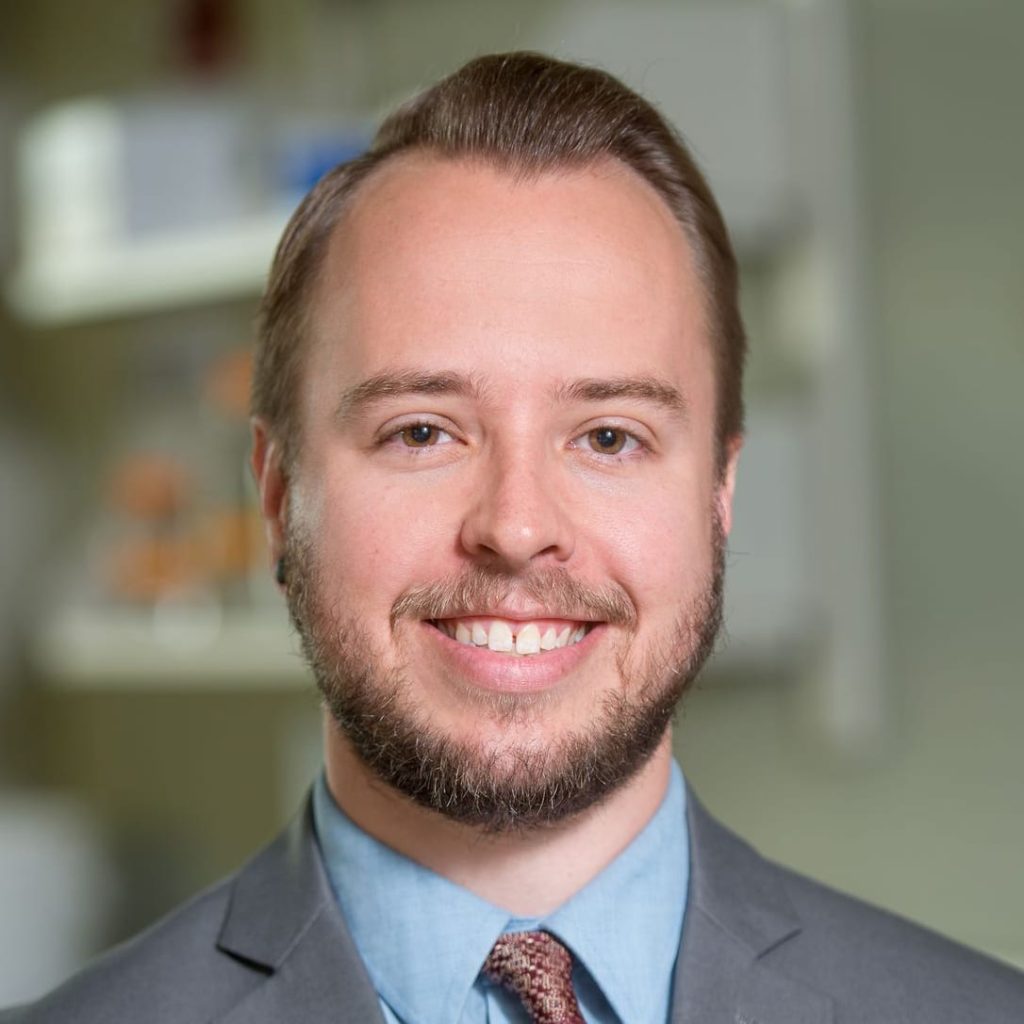
Axelrod Christopher
Pennington Biomedical Research Center, Baton Rouge, US
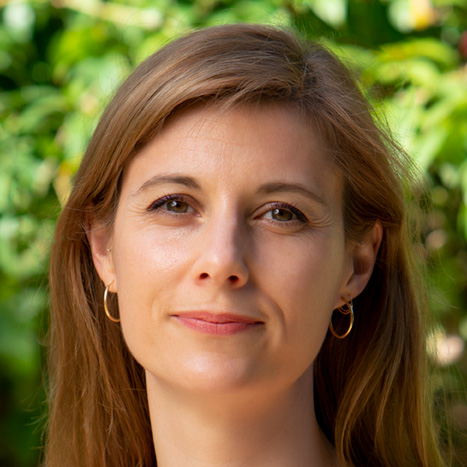
Bertholet Ambre
University of California Los Angeles, US
I will be talking about the use of the patch-clamp technique applied to mitochondria to determine mitochondrial thermogenic capacities. I’ll be talking about H+ current, UCP1 and the ADP/ATP carrier.
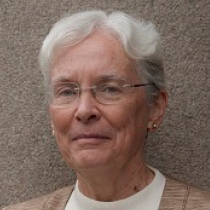
Cannon Barbara
Stockholm University, SE
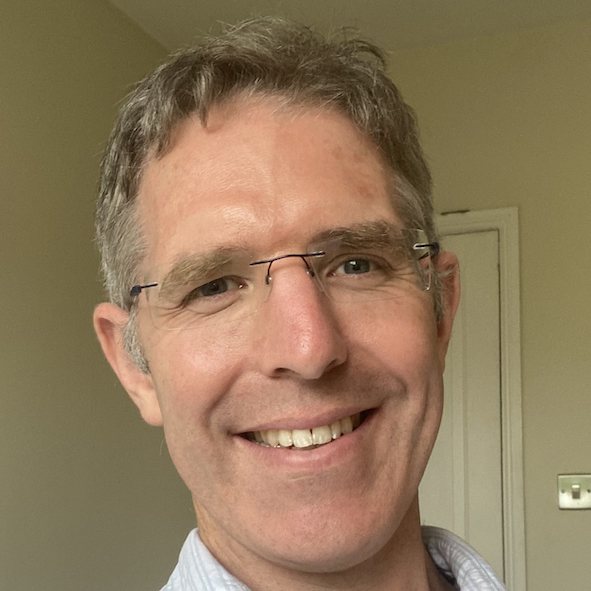
Crichton Paul
Norwich Medical School, Biomedical Research Centre, University of East Anglia, Norwich, UK
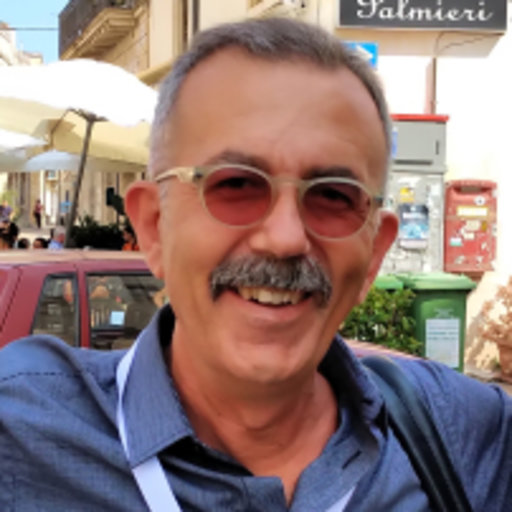
Fiermonte Giuseppe
University of Bari Aldo Moro, IT
Fraternal Twins with Distinct Metabolic Functions. In my presentation, I will discuss how UCP2 and UCP3, despite sharing approximately 70% sequence identity and transporting the same substrates in vitro, exhibit distinct metabolic functions.
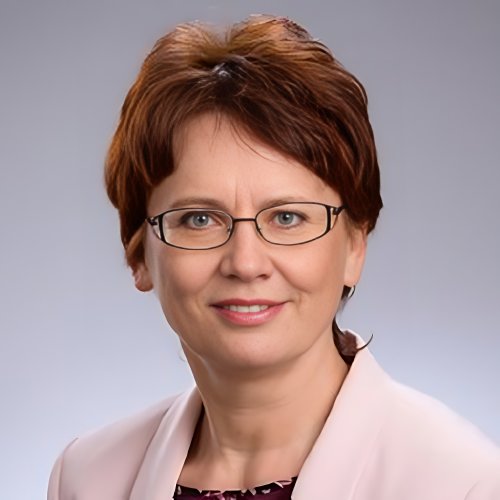
Pohl Elena
University of Veterinary Medicine, Vienna, AT
13. Bioenergetic organelle biogenesis, protein assembly and function
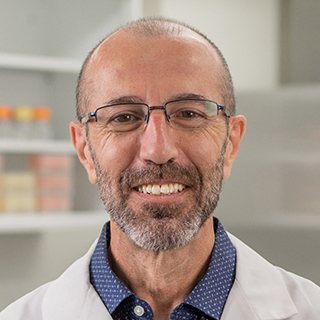
Barrientos Antonio
University of Miami Miller School of Medicine, Miami, US

Heberle Joachim
Freie Universität Berlin, Department of Physics, Molecular Biophysics, DE
Infrared Nanoscopy and Tomography of Intracellular Structures.
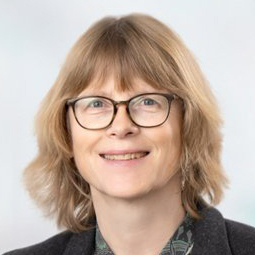
Hunte Carola
University of Freiburg, Institute of Biochemistry and Molecular Biology, CIBSS, Freiburg, DE
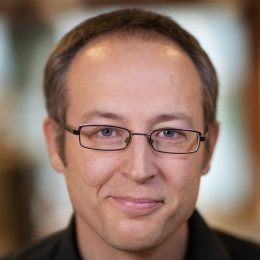
Ott Martin
Department of Medical Biochemistry and Cell biology, University of Gothenburg, SE
Early steps in the biogenesis of mitochondrial encoded proteins.
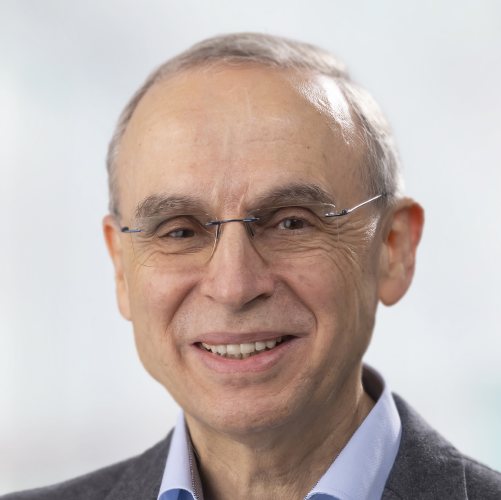
Pfanner Nikolaus
Institute of Biochemistry and Molecular Biology, Faculty of Medicine, University of Freiburg, DE
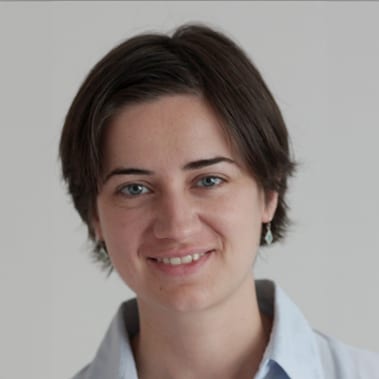
Rampelt Heike
Institute of Biochemistry and Molecular Biology, ZBMZ, University of Freiburg, DE
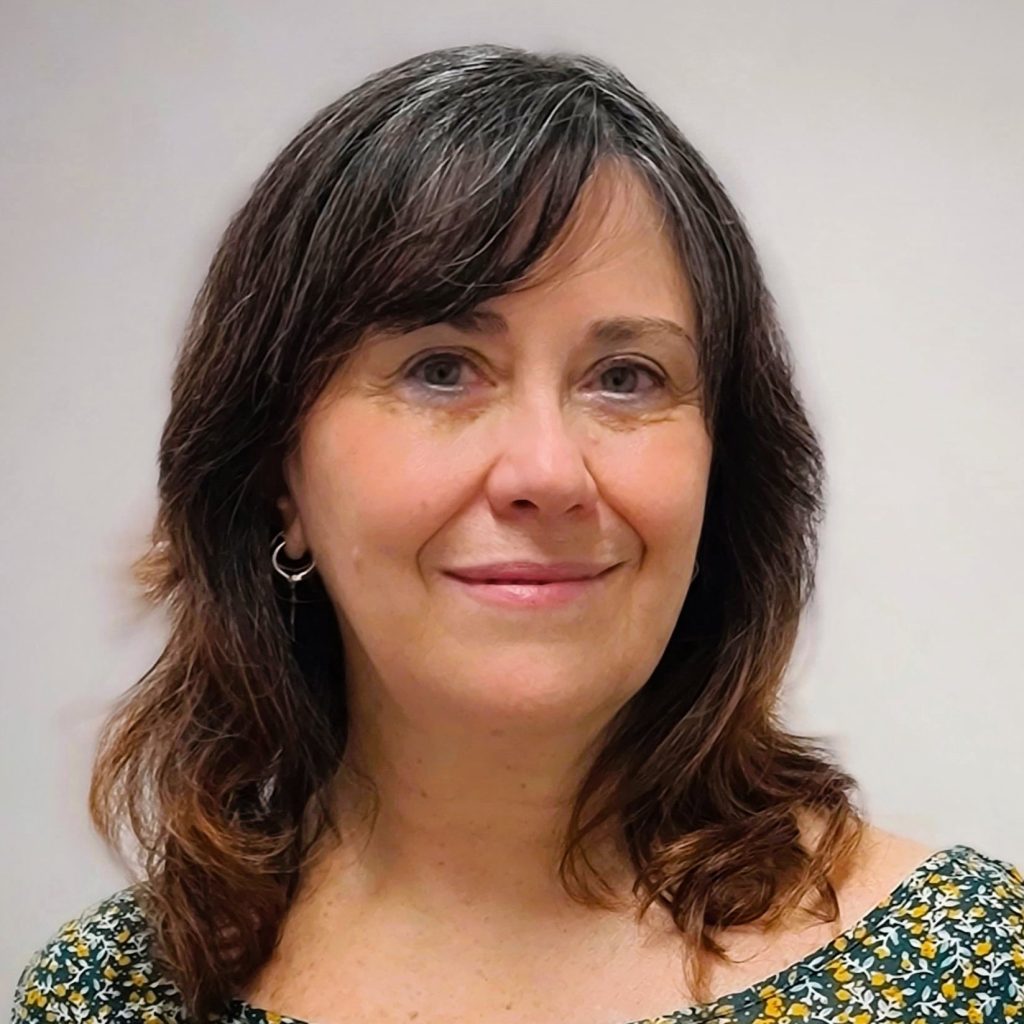
Ugalde Cristina
Research Center, 12 de Octubre University Hospital, Madrid, ES
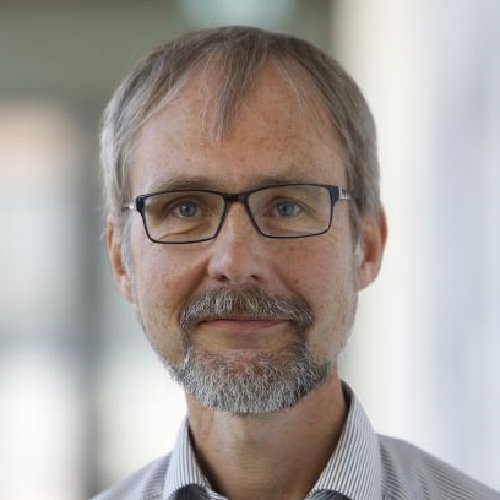
Zickermann Volker
Institute of Biochemistry II, Goethe University Frankfurt – Medical Faculty, Campus Riedberg, Biocenter, DE
14. Organelle dynamics
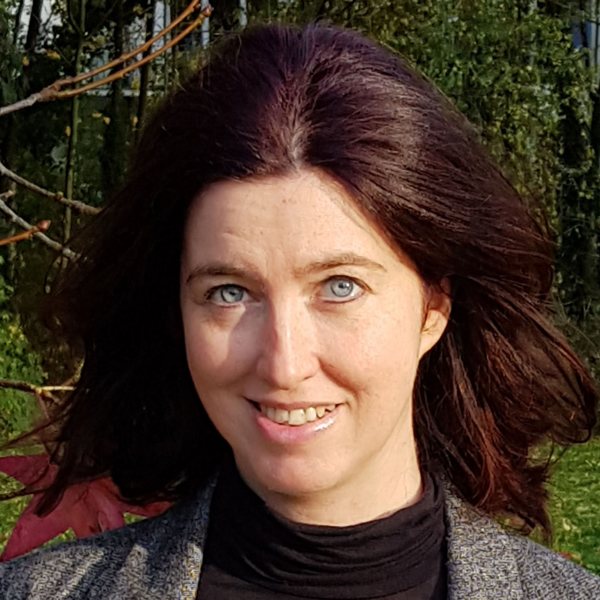
Giordano Francesca
Institute for Integrative Biology of the Cell/CNRS, Paris, FR
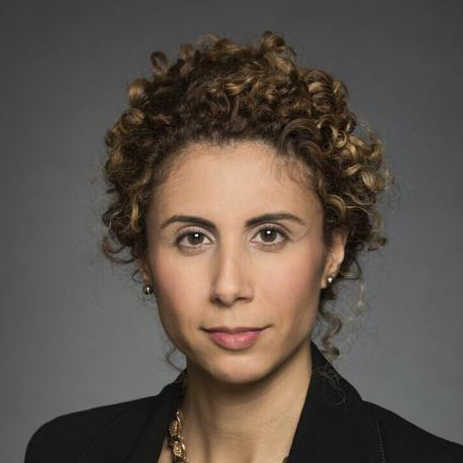
Khacho Mireille
Mitochondrial Dynamics & Regenerative Medicine, Department of Biochemistry, Microbiology & Immunology, Faculty of Medicine, University of Ottawa, CA

Shirihai Orian
Department of Molecular and Medical Pharmacology, UCLA, University of California, Los Angeles, US
15. Mitochondrial physiology and pathology
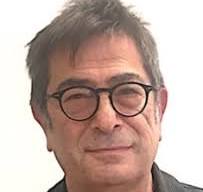
Capitanio Nazzareno
University of Foggia, IT
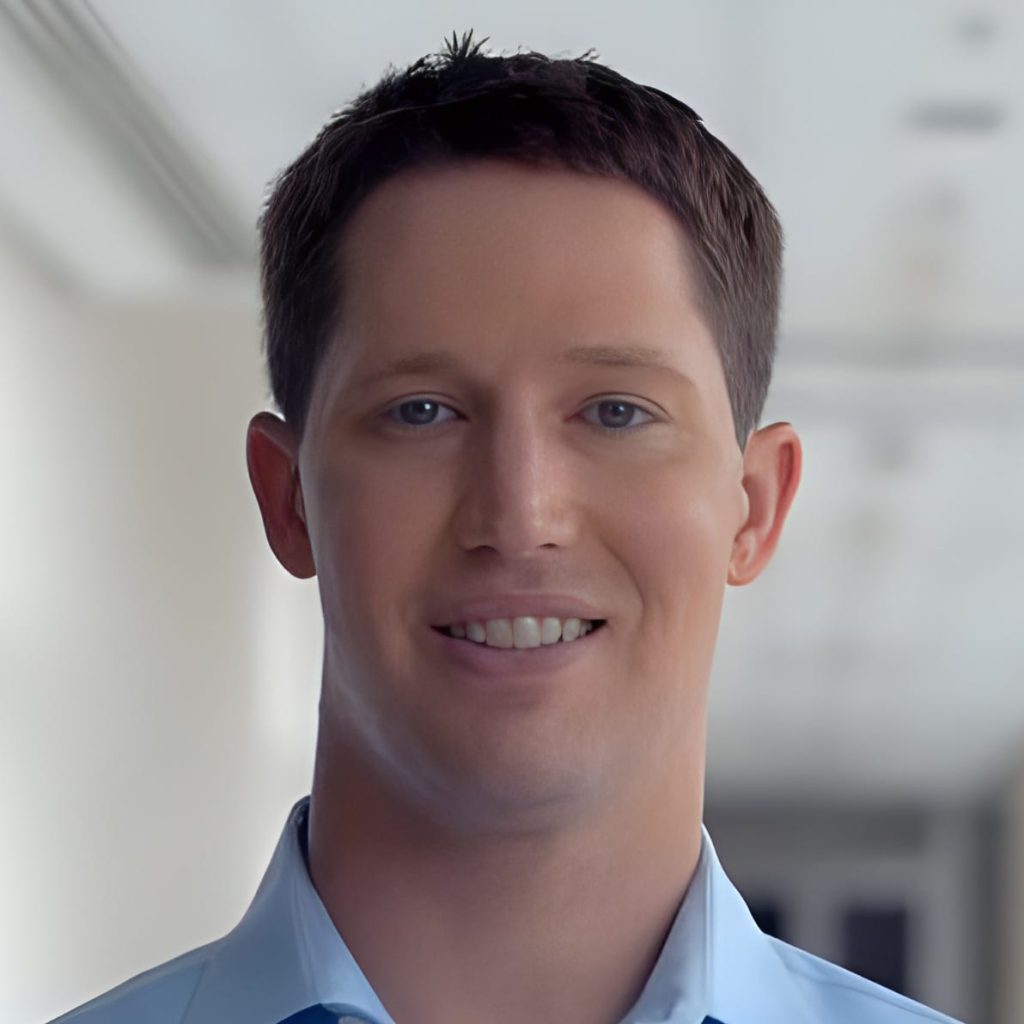
Glancy Brian
NHLBI and NIAMS, National Institutes of Health, Bethesda, US
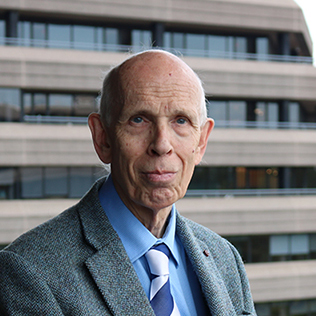
Petersen Ole
Director of Academia Europaea’s Cardiff University Knowledge Hub, UK
Mitochondrial Ca2+ handling in epithelial cells.
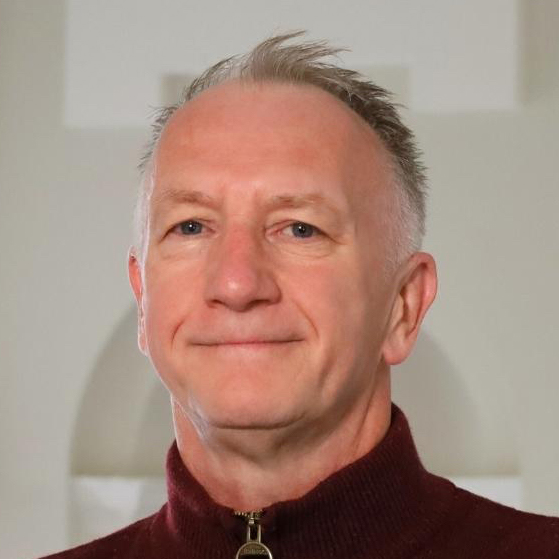
Porter Richard
University of Dublin, Trinity College, IE
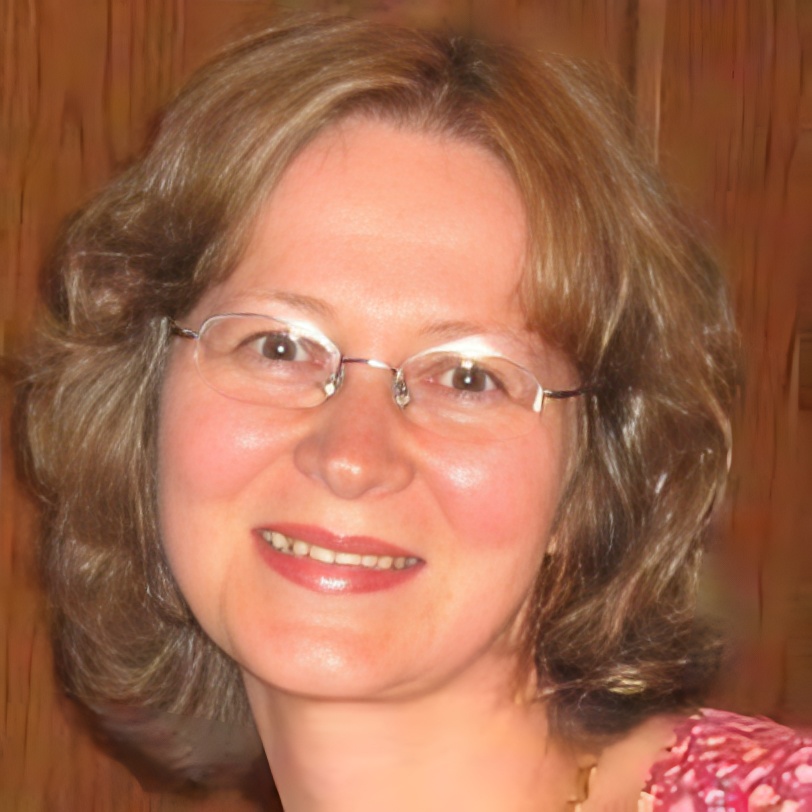
Szabó Ildikó
Department of Biology, University of Padova, IT
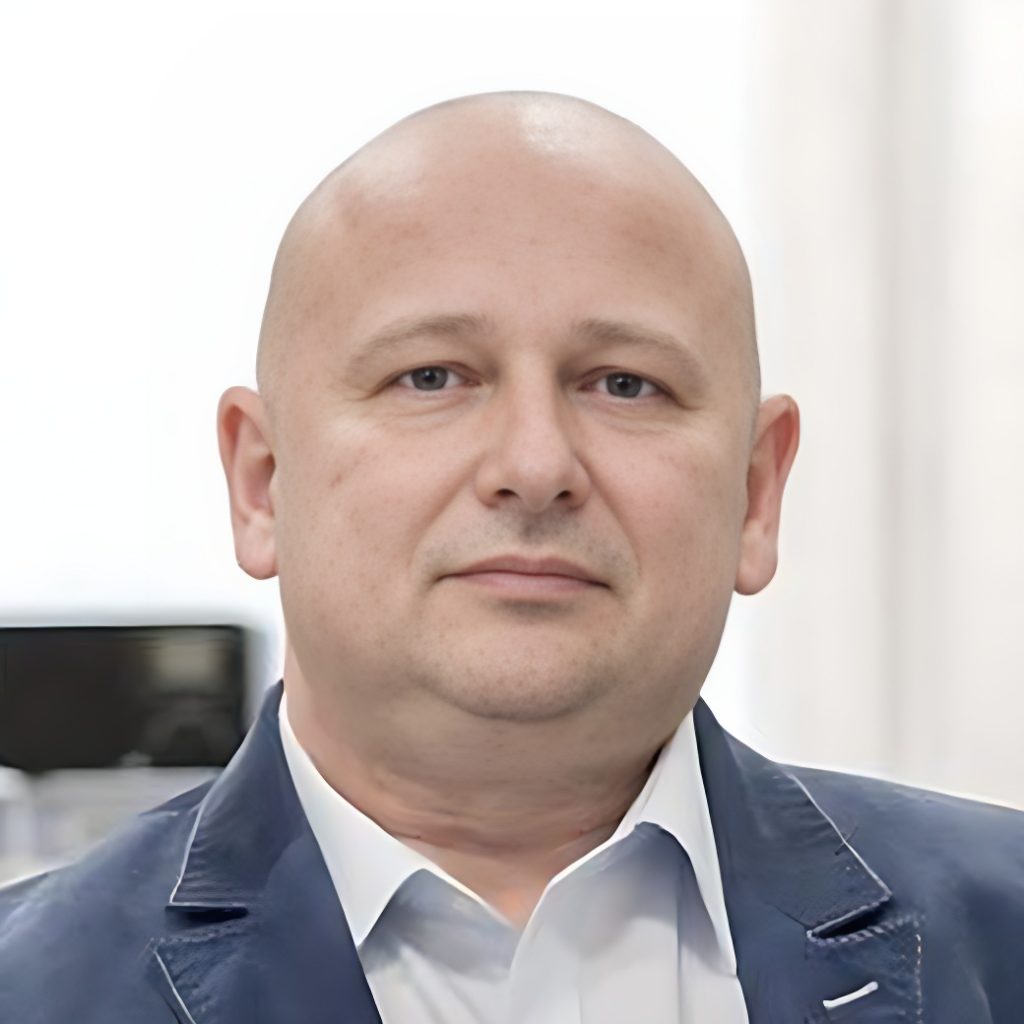
Wieckowski Mariusz
Laboratory of Mitochondrial Biology and Metabolism, Nencki Institute of Experimental Biology, Polish Academy of Sciences, Warsaw, PL
Metabolic dysfunction in fibroblasts derived from patients with mitochondrial membrane protein-associated neurodegeneration – hope for pharmacological treatment?
Mitochondrial membrane protein-associated neurodegeneration (MPAN), is related to autosomal recessive or dominant mutation in C19orf12 gene encoding mitochondrial membrane protein, however the molecular mechanism underlying MPAN as well as the role of C19orf12 protein in the pathogenesis of the disease is still not fully understood. Investigating mitochondrial and metabolic function using fibroblasts derived from patients with MPAN not only enhances our knowledge about the disease but also helps in development of possible treatment strategies.
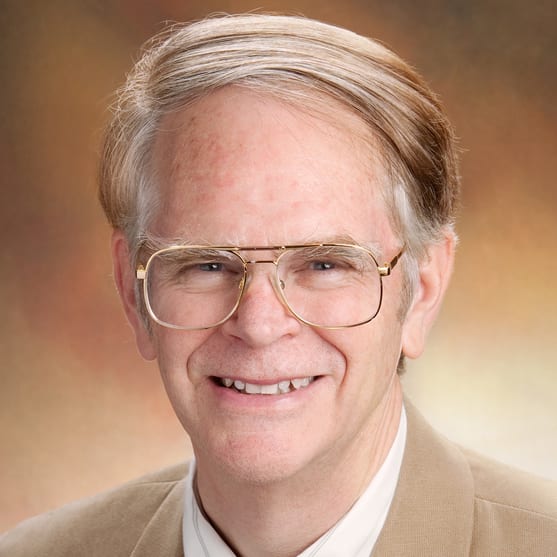
Wallace Douglas
Center for Mitochondrial and Epigenomic Medicine at Children’s Hospital of Philadelphia, US
16. Mitochondrial reprogramming in health and disease

Giorgio Valentina
Department of Biomedical and Neuromotor Sciences, University of Bologna, IT
17. Functions of apoptotic proteins beyond apoptosis
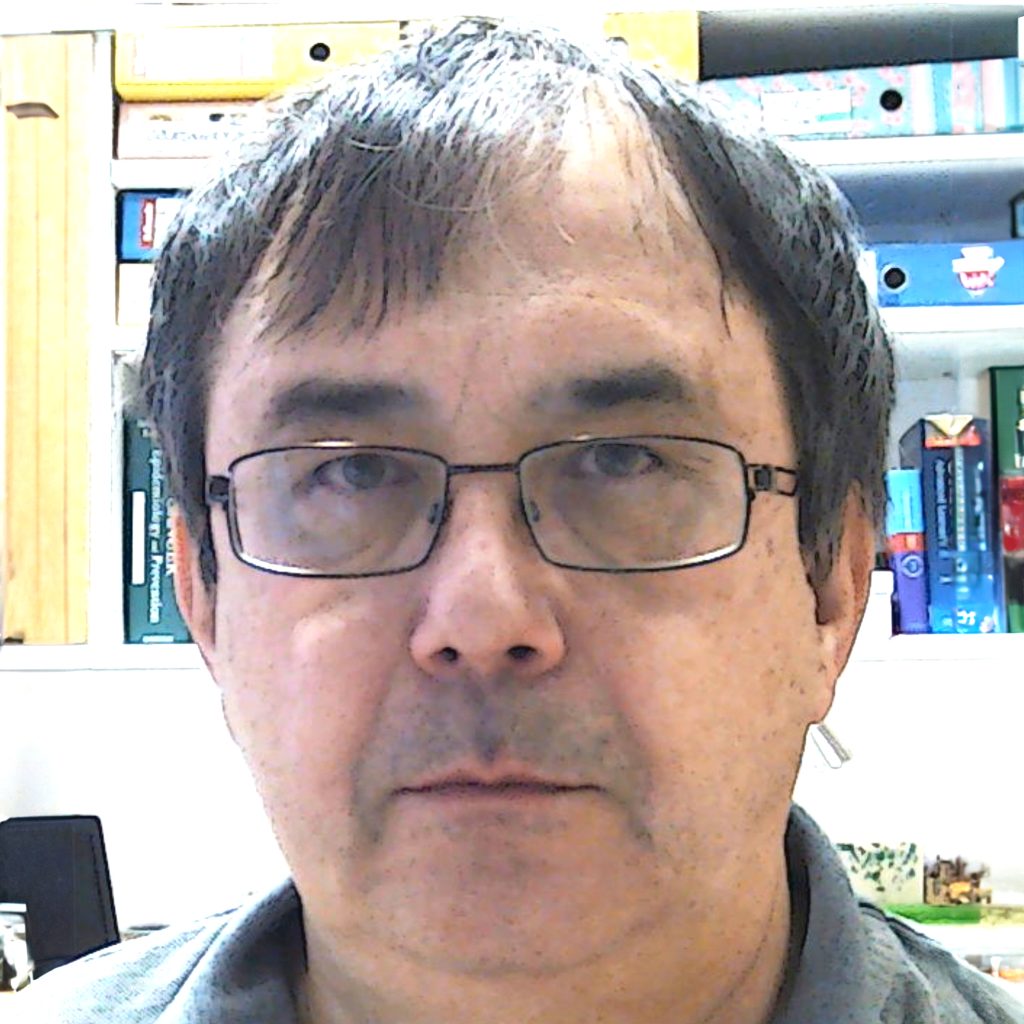
Andera Ladislav
Institute of Biotechnology CAS, Vestec, CZ
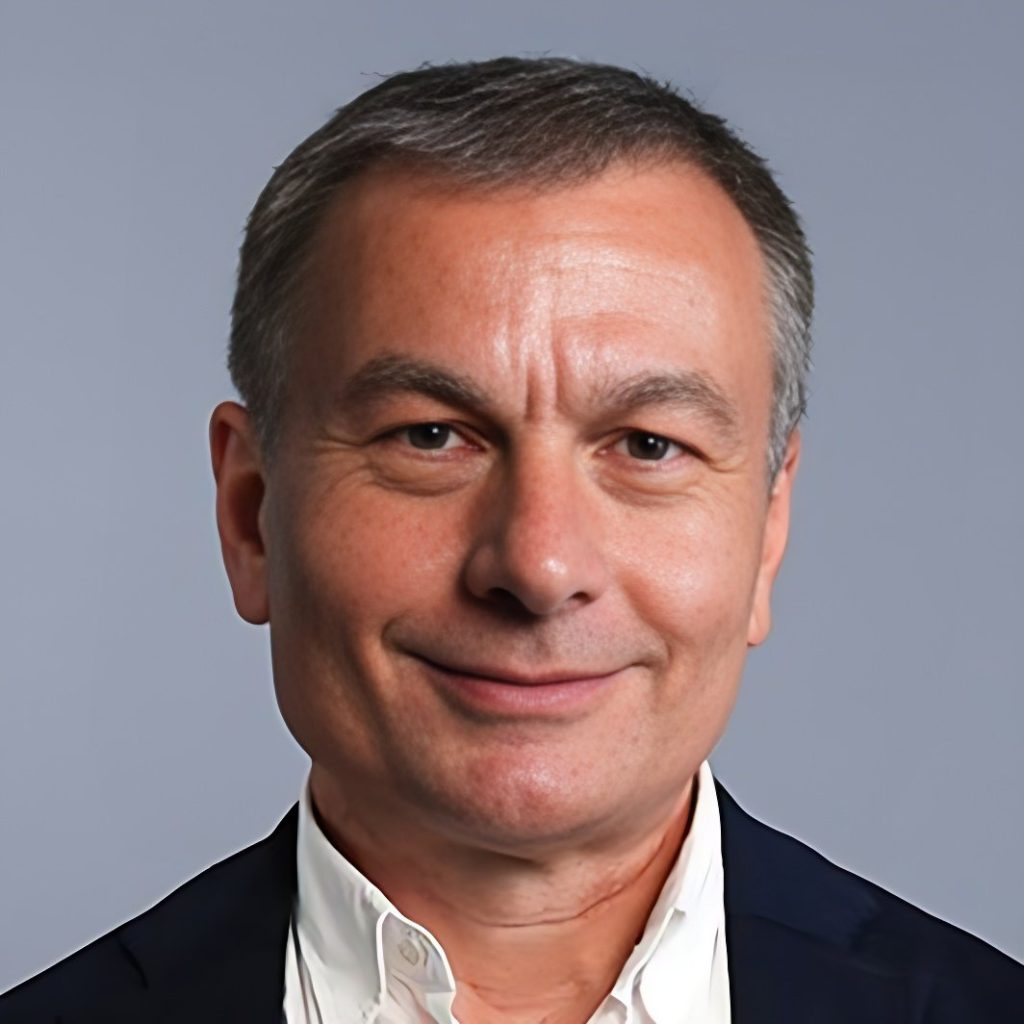
Hajnoczky Gyorgy
MitoCare Thomas Jefferson University, Philadelphia, US
Bcl-xL helps to keep mitochondria connected with the endoplasmic reticulum.
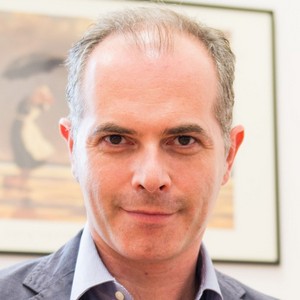
Scorrano Luca
University of Padua, Padua, IT
Keeping mitochondria in shape: a matter of life and death.
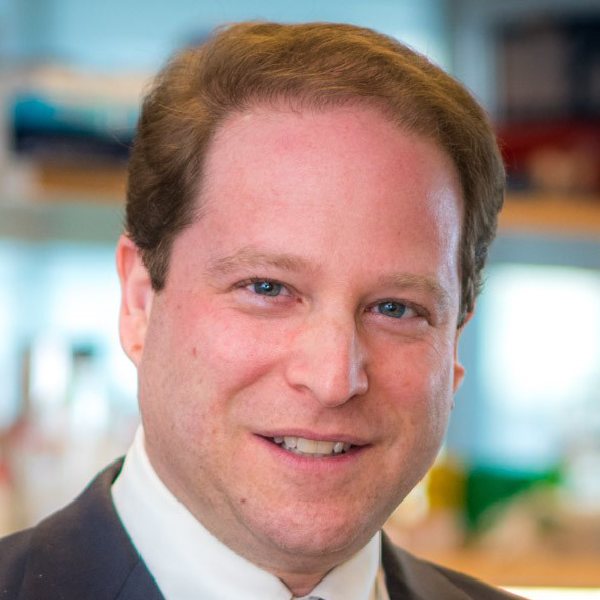
Walensky Loren
Dana-Farber Cancer Institute, Boston, US
18. Oxygen kinetics – hypoxia to hyperoxia, oxygen sensing, reactive oxygen species
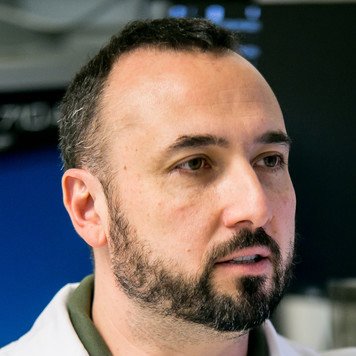
Chinopoulos Christos
Department of Medical Biochemistry, Semmelweis University, HU
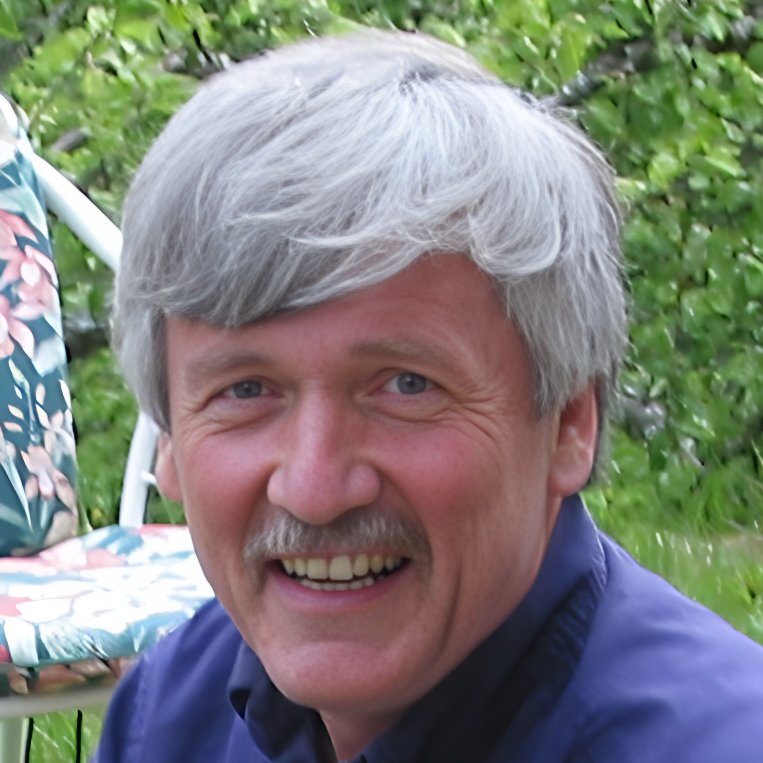
Hand Steven
Department of Biological Sciences, Louisiana State University, US
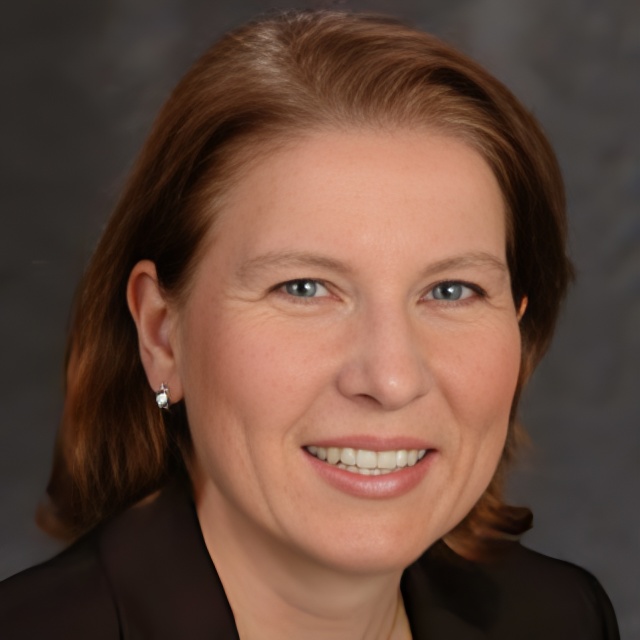
Sommer Natascha
Department of Pneumology, Medical Clinic II, Excellencecluster Cardio-Pulmonary Institute (CPI), Universities of Giessen and Marburg Lung Center (UGMLC), Member of the German Lung Center (DZL), Justus-Liebig-University Giessen, DE
Breath to breath adaptation to hypoxia – acute mitochondrial oxygen sensing in the pulmonary vascular system.
19. Prokaryotic metabolism and microbes as drug targets
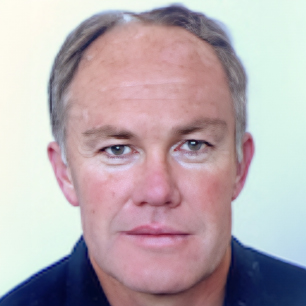
Cook Gregory
Queensland University of Technology, Brisbane, AU
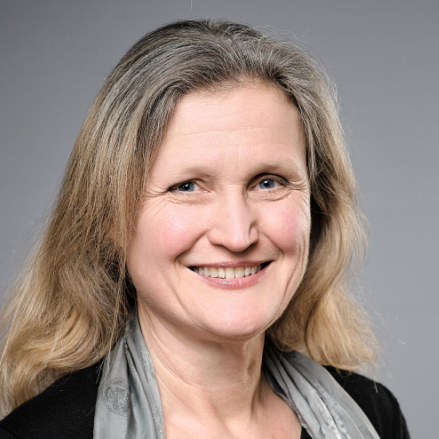
Fritz-Steuber Julia
University of Hohenheim, Stuttgart, DE
Respiration in many pathogenic bacteria relies on NADH oxidation by a unique, Na+ -translocating NADH:quinone oxidoreductase (Na+-NQR). Based on 3D structures of Na+ -NQR in different states, a mechanism of Na+ -NQR is proposed which is based on conformational coupling of electron transfer and Na+ translocation reaction steps. By crystallographic fragment screening, small molecules binding to the active site of Na+ -NQR from V. cholerae, Pseudomonas aeruginosa and Klebsiella pneumoniae were identified which are the basis for the development of novel antibiotics
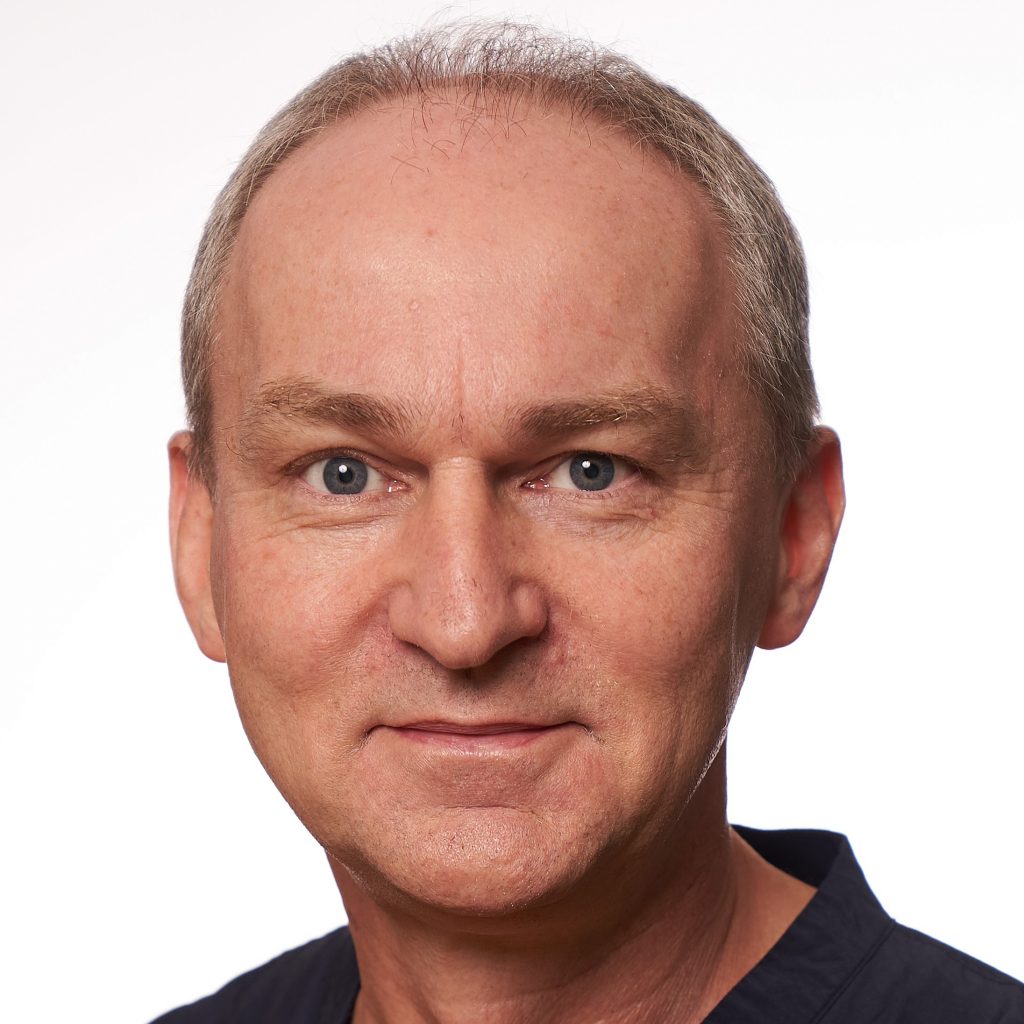
Grueber Gerhard
Nanyang Technological University, Nanyang Drive, SG
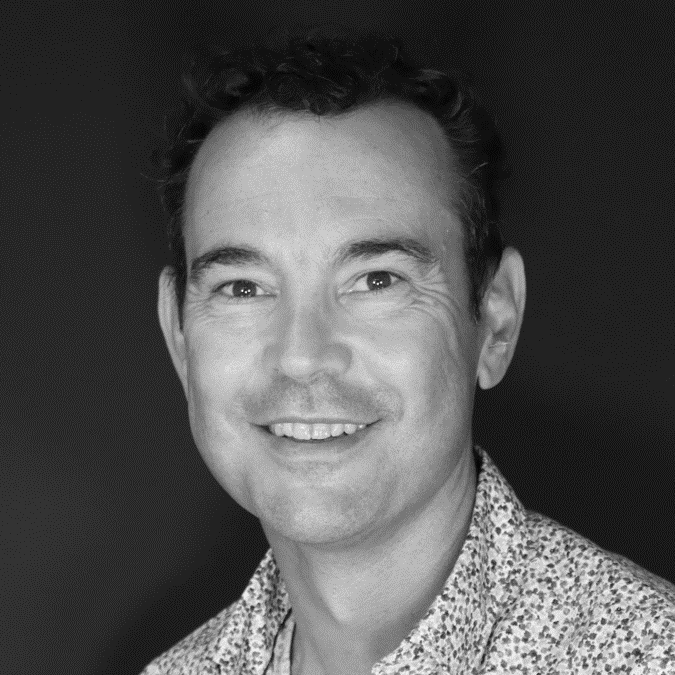
Magalon Axel
Laboratory of Bacterial Chemistry, Marseille, FR
20. Role of mitochondrial bioenergetics in infection and immune function
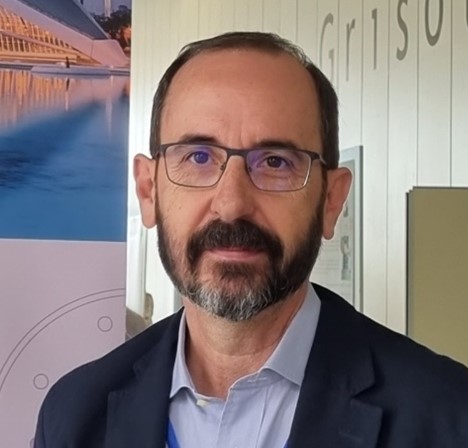
Rial Eduardo
Centro de Investigaciones Biológicas Margarita Salas, CSIC, Madrid, ES
21. From mitochondrial monitoring in organ transplantation to mitochondrial transplantation

Becker Lance
Northwell Health, Feinstein Institutes for Medical Research, Department of Emergency Medicine, Manhasset, New York, US
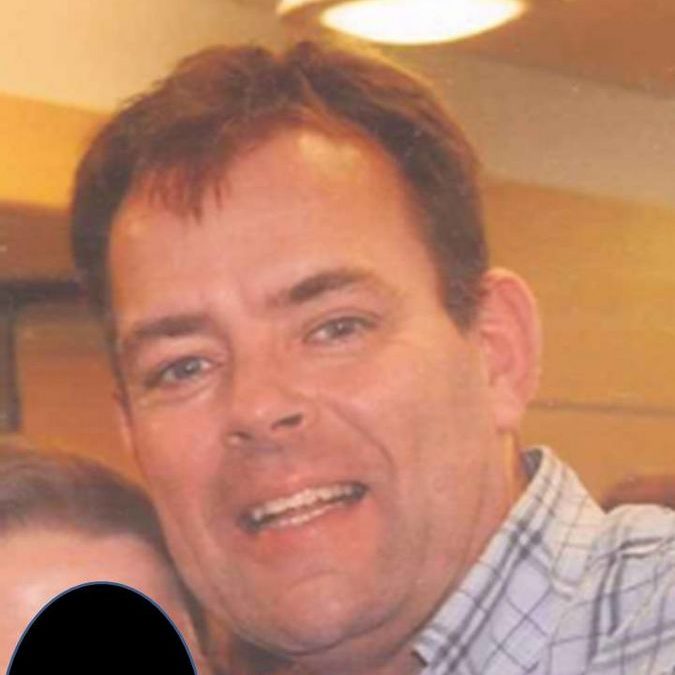
Lindeman Jan
Department of Surgery Leiden University Medical Centre, LUMC, Leiden, NL
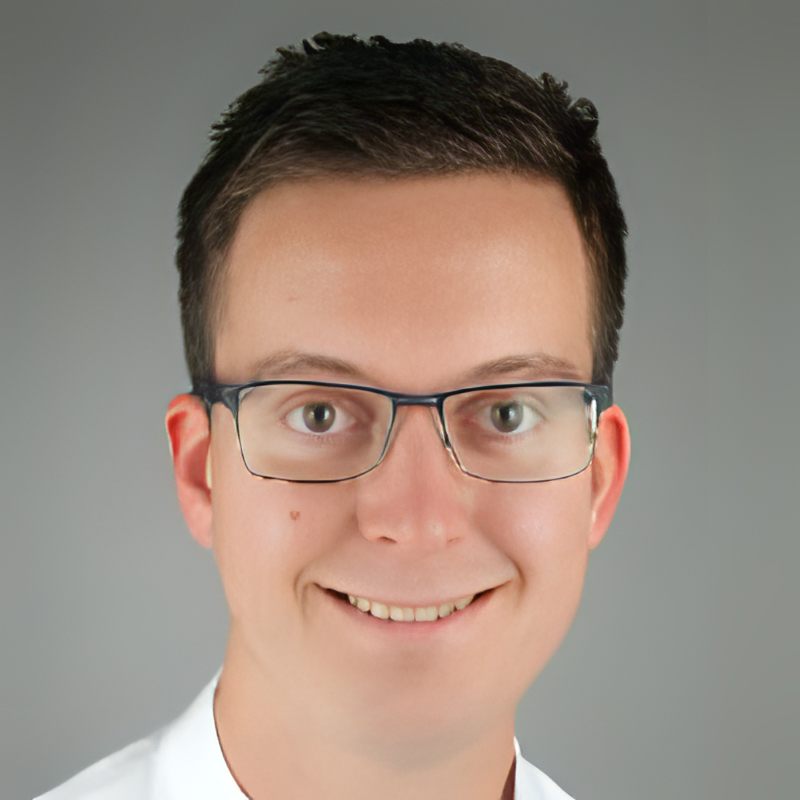
Meszaros Andras
Medical University of Innsbruck, AT
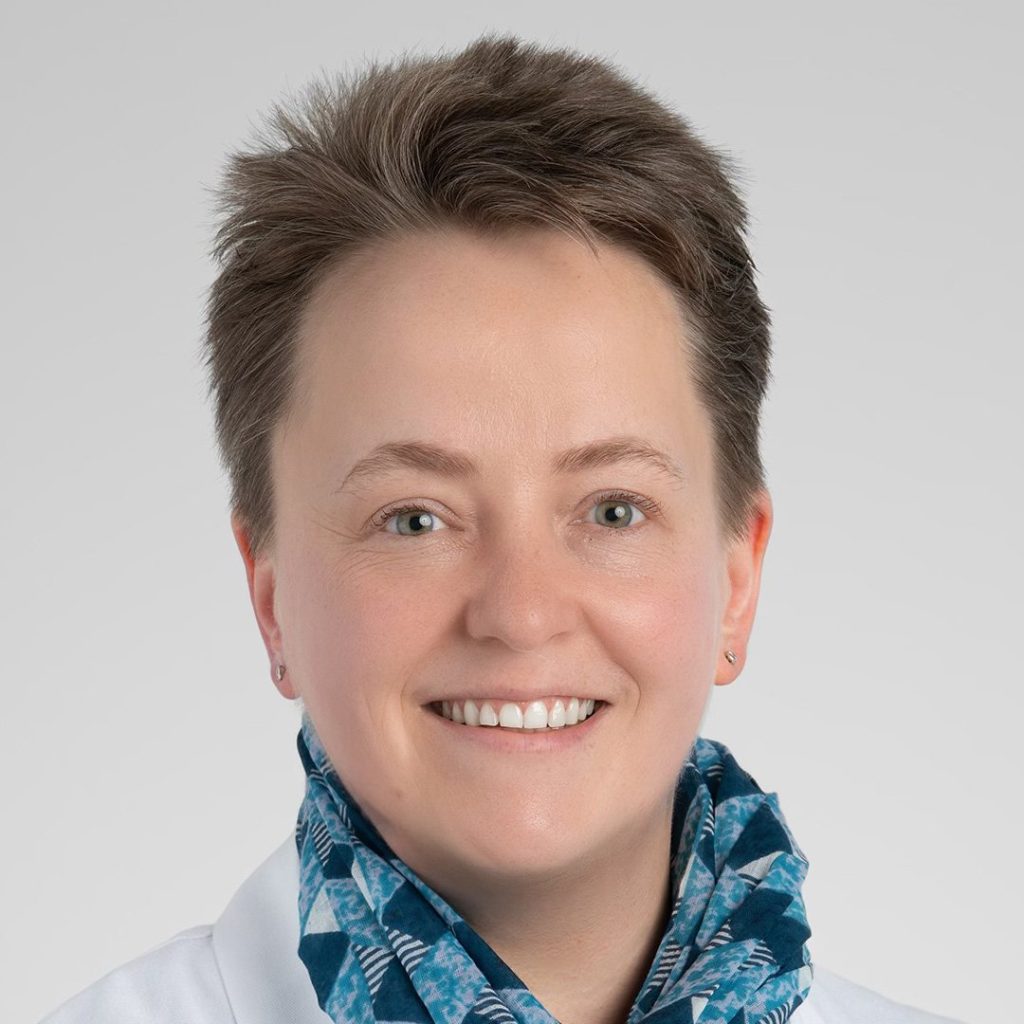
Schlegel Andrea
Lerner Research Institute, Cleveland Clinic Ohio, Cleveland, US
22. Exercise, nutrition, and the bioenergetics of aging
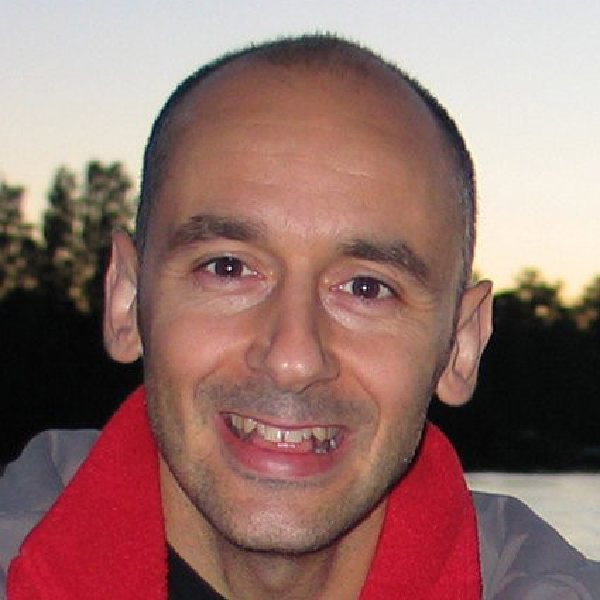
Garcia-Roves Pablo
University of Barcelona and Bellvitge Biomedical Research Institute (IDIBELL), ES

Molina Anthony
University of California San Diego, School of Medicine, US
The Impacts of Sex, Early Life Adversities, Drug Use, and Age-Related Disease on Mitochondria: New Insights from Human Cohort Studies
23. Mitochondrial pathologies – finding solutions
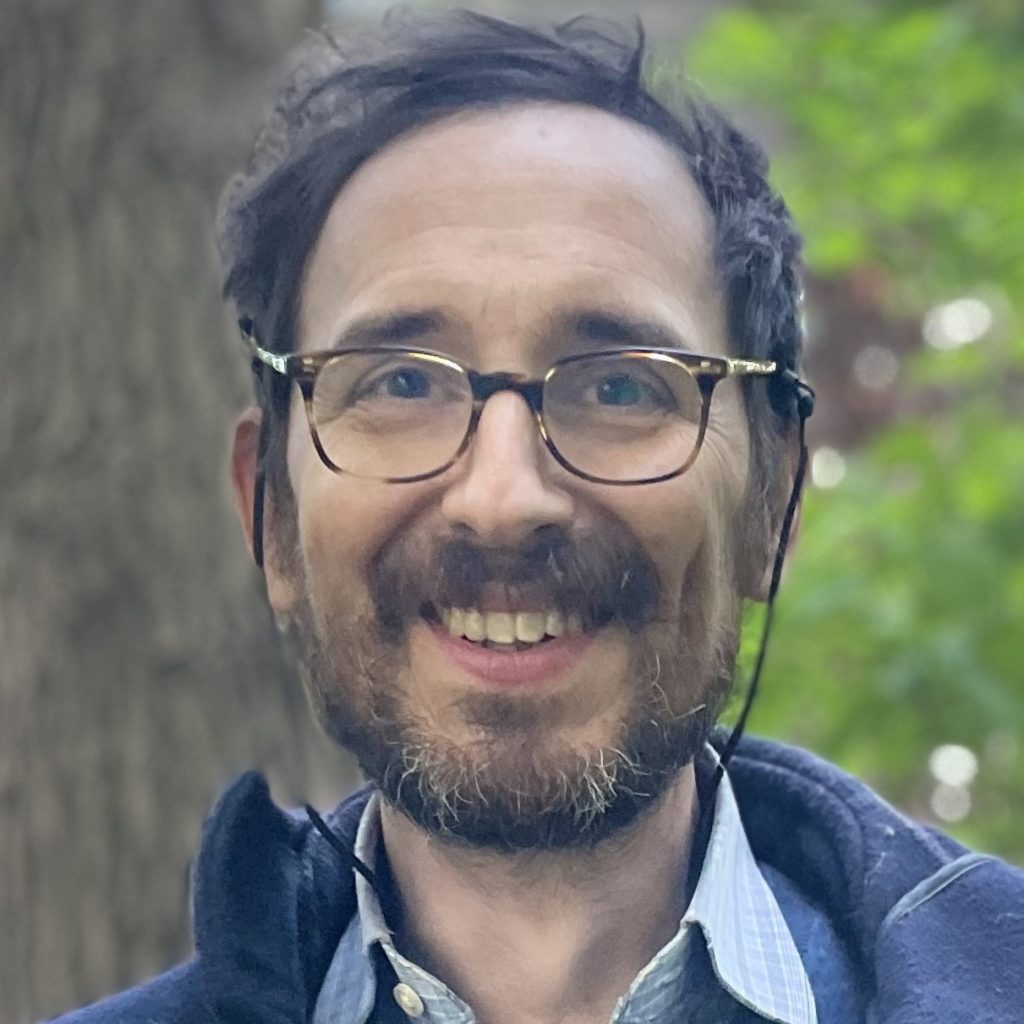
Batthyany Alexander
Pázmány Péter University, Budapest, HU
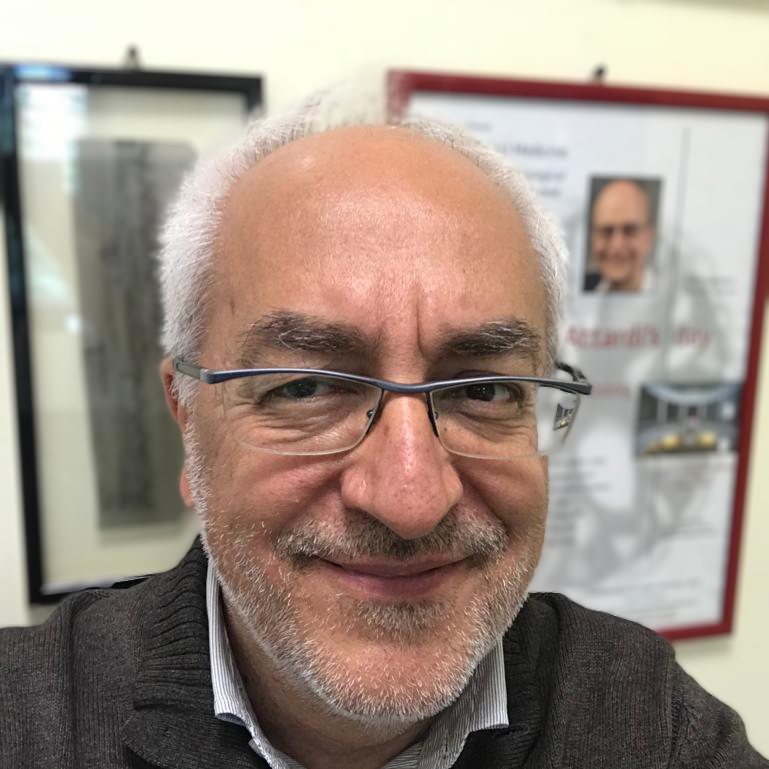
Carelli Valerio
Department of Neuromotor Sciences IRCCS, University of Bologna, IT
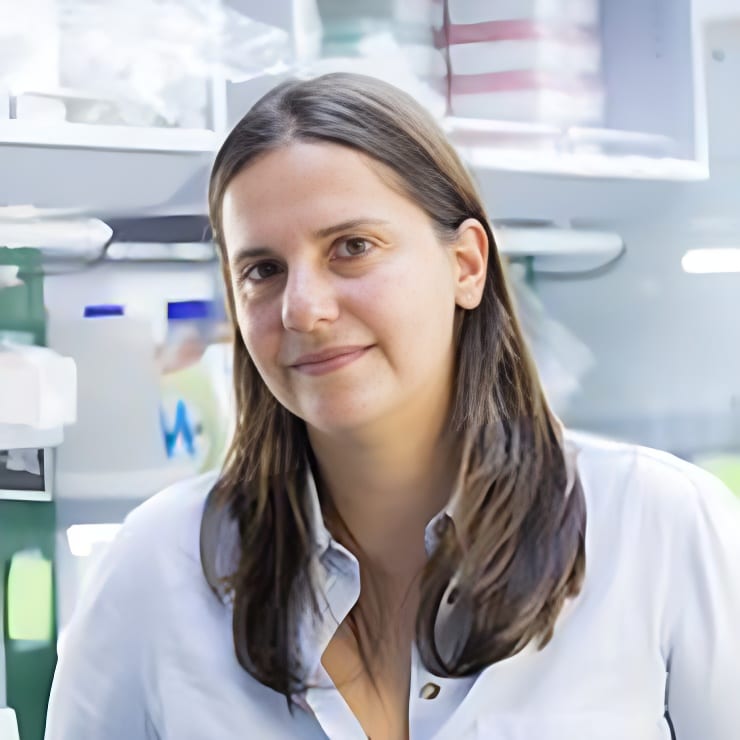
Indrieri Alessia
TIGEM – Telethon Institute of Genetics and Medicine, Pozzuoli Institute for Genetic and Biomedical Research (IRGB), CNR Milan, IT
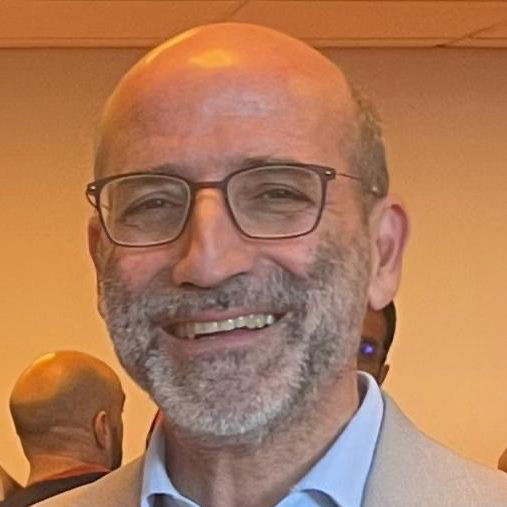
Palmieri Luigi
University of Bari “Aldo Moro”, IT
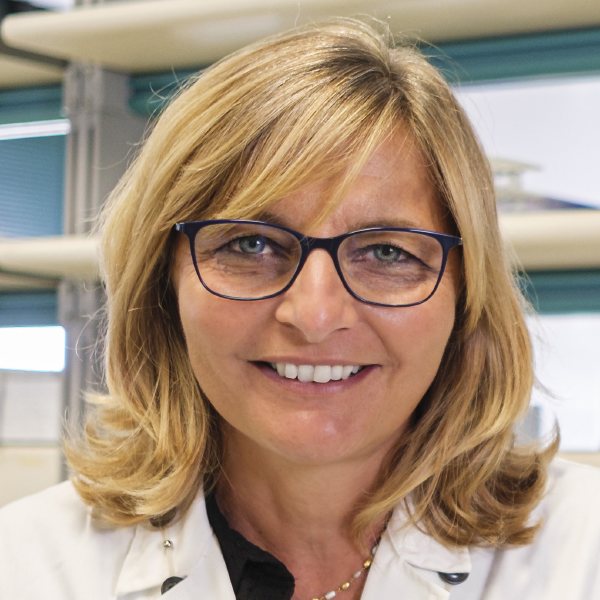
Tiranti Valeria
IRCCS Foundation Carlo Besta Neurological Institute, Milan, IT
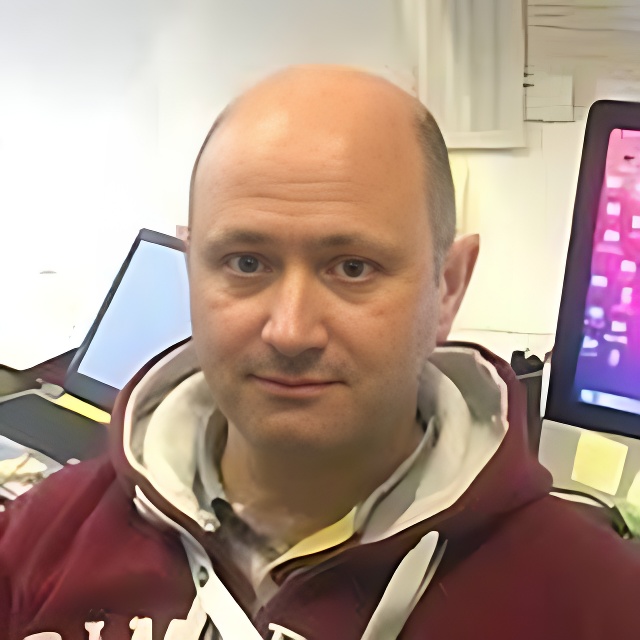
Viscomi Carlo
Department of Biomedical Sciences, University of Padova, IT
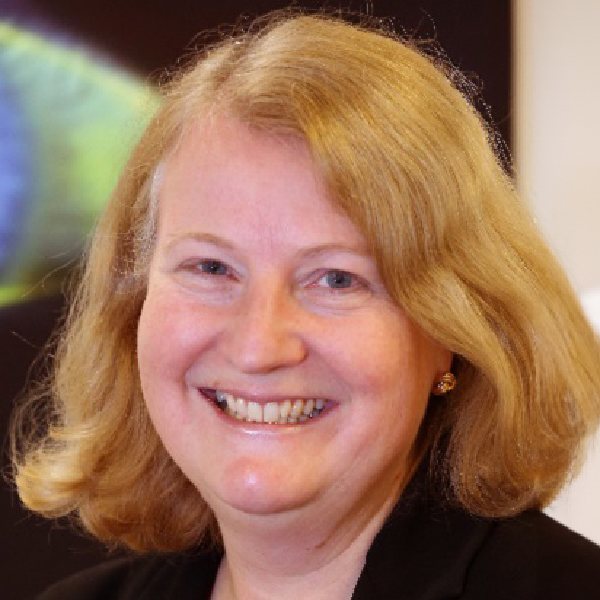
Votruba Marcela
Ophthalmology Clinic, University Hospital of Wales, Heath Park, Cardiff, UK
NAM as a neuroprotective therapeutic intervention for mitochondrial optic neuropathies.
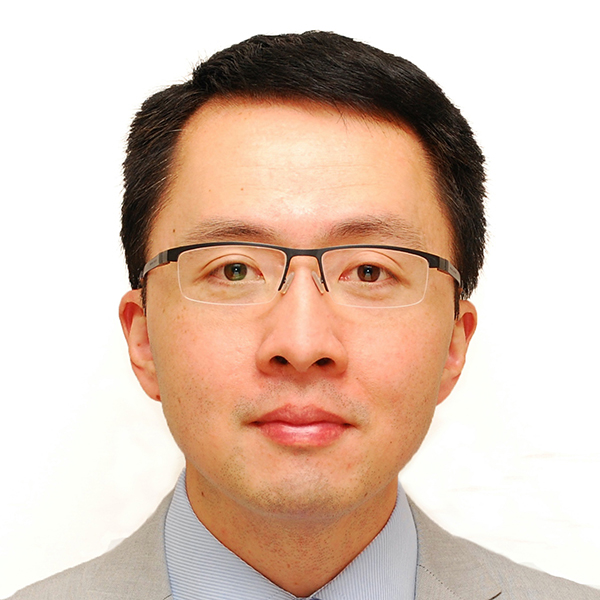
Yu-Wai-Man Patrick
University of Cambridge and Moorfields Eye Hospital, London, UK
OPA1 dominant optic atrophy – from disease mechanisms to novel therapies.
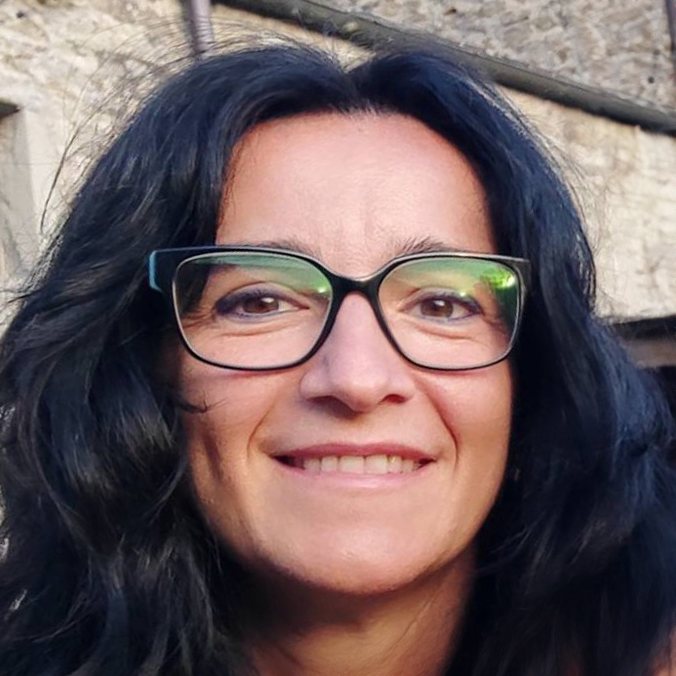
Zanna Claudia
Department of Biomedical and Neuromotor Sciences, University of Bologna, IT
24. EBEC Science Communication - publishers and publishing, science and teaching, dissemination and social media, sustainable conferences
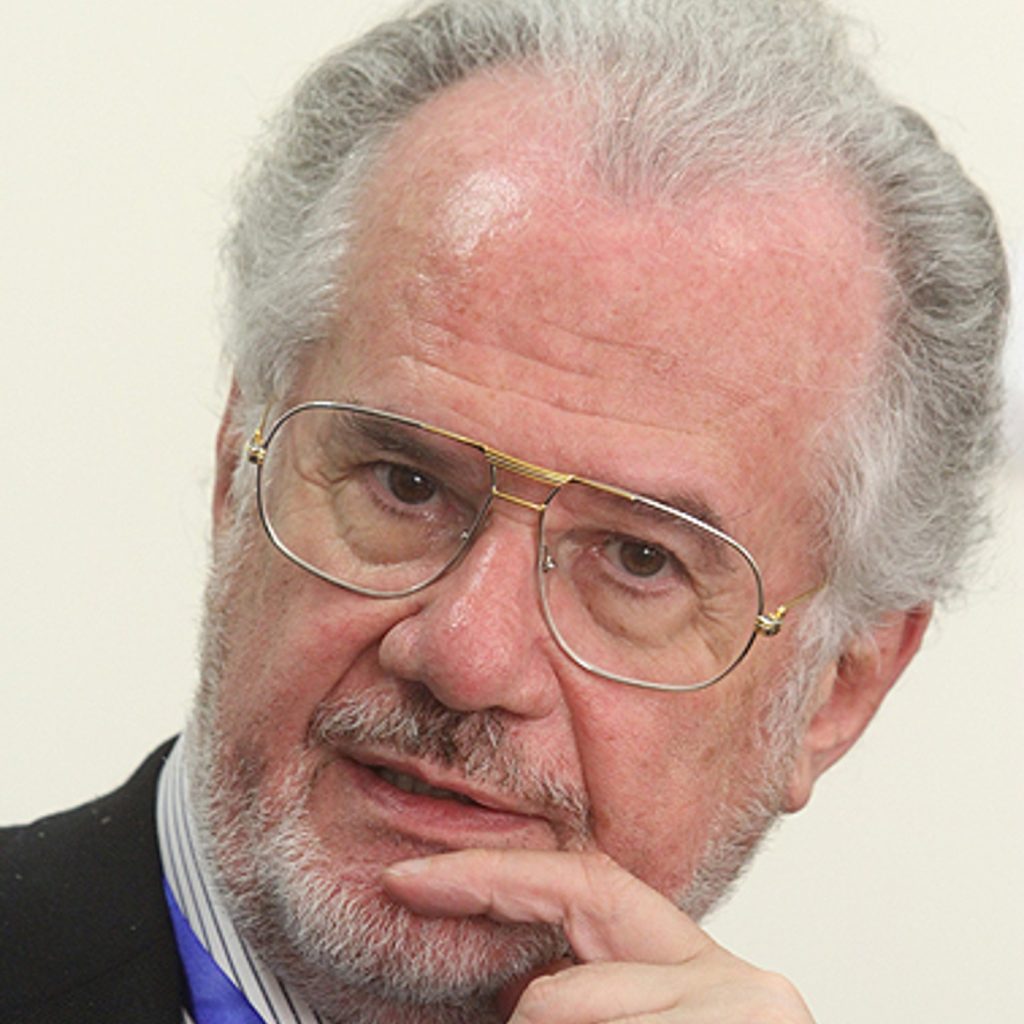
Azzi Angelo
Editor-in-Chief Molecular Aspects of Medicine
Keynote: A talk about scientific discoveries that were initially met with skepticism, such as Alfred Wegener’s proposal of the theory of continental drift, Semmelweis and handwashing, Barry Marshall and Robin Warren with peptic ulcer, all the way to Quantum Mechanics and Albert Einstein’s famous statement, ’God does not play dice with the universe’, and the continued expansion of the universe.
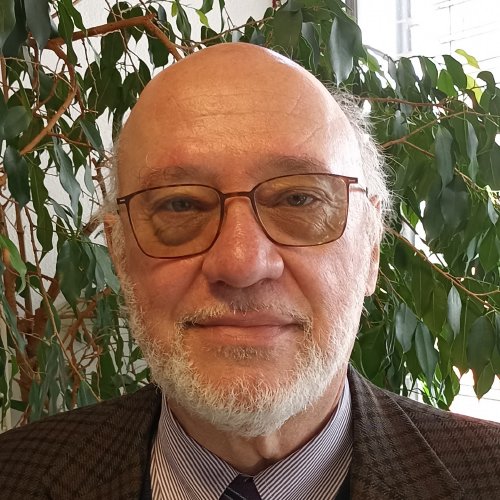
Bernardi Paolo
Member of the editorial boards of Biochimica et Biophysica Acta Bioenergetics (since 1999), Pharmacological Research, Current Opinion in Physiology, Current Research in Physiology, Life Metabolism, Mitochondrial Communications; served for 18 years in The Journal of Biological Chemistry, for 9 years in Frontiers of Physiology, and for 5 years in Archives of Biochemistry and Biophysics and IUBMB Life, Editor-in-Chief of the Mitochondria Section of Cells
Energy transformation in bioenergetics systems. A historical perspective: Why was the chemiosmotic hypothesis of energy transformation in mitochondria and chloroplasts so difficult to accept? After the pioneering work of Otto Meyerhof on the energy source for muscle contraction and thermogenesis in the 1920s, the identification of the respiratory system, the discovery of high-energy phosphates with full clarification of glycolysis by Embden and Meyerhof in the 1930s and the definition of the citric acid cycle by Hans Krebs in the 1940-50s, a key discovery was the existence of high-energy intermediates in substrate-level phosphorylation by Fritz Lipmann…
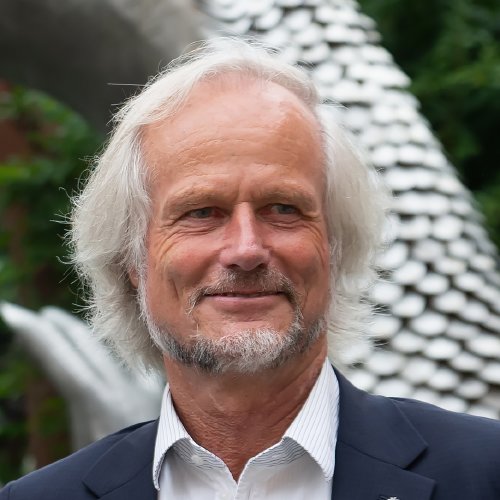
Gnaiger Erich
Editor-in-Chief Bioenergetics Communications, Chair of the Mitochondrial Physiology Society
Addressing the ambiguity crisis: The dissemination of scientific disinformation from peer-reviewed literature infiltrates textbooks, educational platforms, and social media. Is there an erosion of public trust in science? Countering disinformation demands a strategy that raises ‘awareness of the inherent ambiguity crisis, complementing efforts to address the well-acknowledged issues of credibility and reproducibility’ [1], [2].
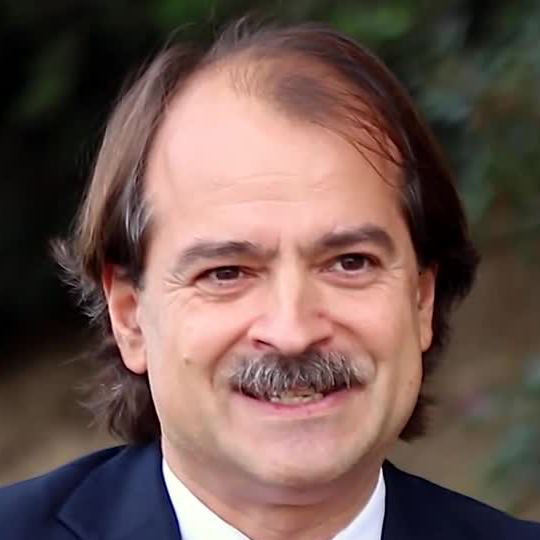
Ioannidis John
Departments of Medicine, of Epidemiology and Population Health, of Biomedical Data Science, and of Statistics, and Meta-Research Innovation Center at Stanford (METRICS), Stanford University, Stanford, California, US
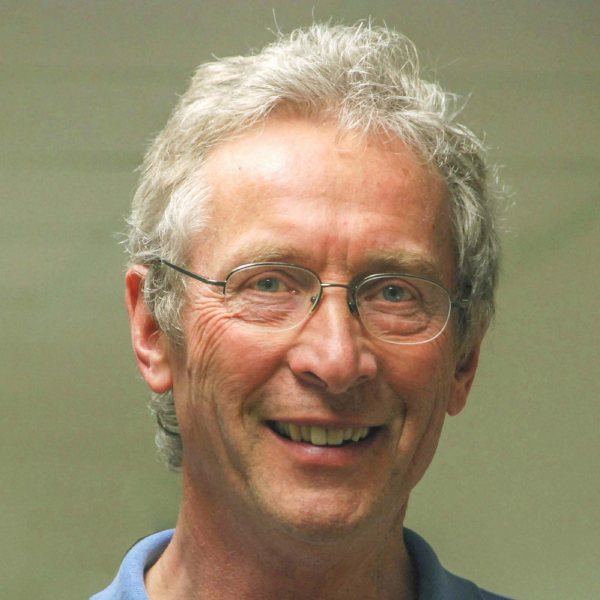
Nicholls David
Buck Institute for Research on Aging, Novato, US
To professional bioenergeticists, the thermodynamic and kinetic constraints on mitochondrial function are self-evident. It is therefore profoundly concerning that high-profile cell biology papers containing fundamental bioenergetic errors, that appear to have evaded the scrutiny of PI’s, co-authors, reviewers and editors, continue to be accepted by ‘top’ journals. This seriously damages the progress and integrity of science, the careers of junior co-authors and the reputation of the journals, and is a profound misuse of public funds. What can be done?

Petersen Ole
Director of Academia Europaea’s Cardiff University Knowledge Hub, UK
Cleaning up the scientific record: ‘Whether academic decency will prevail in our brave new world, or we succumb to senseless overproduction of irrelevant or erroneous papers, is the main challenge that will define future academic progress.’ [ref 1].
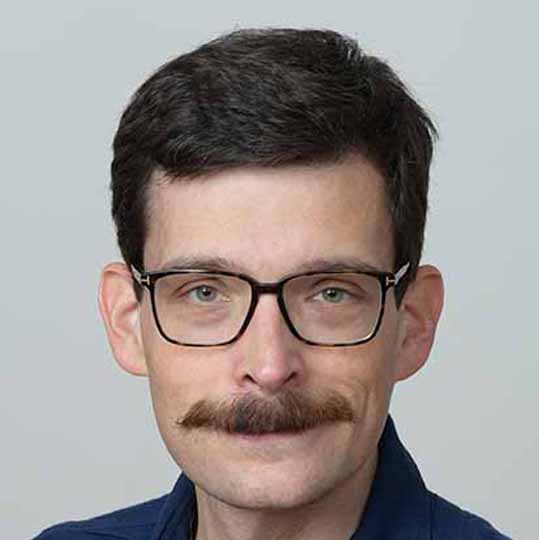
Pirkmajer Sergej
Institute of Pathophysiology, Laboratory for Molecular Neurobiology, Faculty of Medicine, University of Ljubljana, SI


